
Dark Crossroads
A podcast about all things true crime & paranormal
Welcome to Dark Crossroads Podcast! We bring you gripping stories and intriguing discussions in the fascinating world of the paranormal, true crime and the unknown. We offer a captivating range of episodes that will leave you questioning the boundaries of reality.
At Dark Crossroads Podcast, we pride ourselves on delivering thought-provoking content that keeps our listeners on the edge of their seats. Our episodes explore supernatural phenomena, unsolved mysteries, and unexplained events, providing a unique platform for those interested in the uncharted and enigmatic.
Whether you're a devoted follower of the paranormal or just searching for something off the beaten path, Dark Crossroads Podcast invites you to join our growing community of curious minds. Immerse yourself in our immersive storytelling and engaging discussions, and let your imagination run wild. Check us out at the link below and embark on a journey that will challenge your perception of the world around you. Don't forget to subscribe to the podcast for all bonus content!
Don’t. Trust. Anyone.
Dark Crossroads
Deer Woman: Protector of the Forest
Step into the shadows between worlds with our exploration of the Deer Woman, one of Native America's most fascinating and enduring spiritual figures. This powerful being embodies the threshold between human and natural realms—appearing as a beautiful woman who reveals deer hooves or legs when encountered in the forest.
Across indigenous traditions spanning North America, the Deer Woman serves dual roles that reflect nature's complex character. To the innocent, especially women and children, she offers protection and guidance. To those who harm others or disrespect the natural world, she delivers swift and poetic justice. Her origin stories often speak to transformation after trauma—a woman who suffered violence returns with supernatural power to protect others from similar fates.
What makes the Deer Woman particularly compelling is her continuing presence in contemporary indigenous life. From unsettling highway encounters to mysterious sightings at powwows, people continue to report experiences matching centuries-old descriptions. Indigenous artists, filmmakers, and activists have reclaimed her powerful symbolism to address modern challenges, particularly violence against Native women.
We journey through traditional stories, reported encounters, and artistic reinterpretations while emphasizing the importance of approaching these living traditions with respect. The Deer Woman reminds us that ancient wisdom contains sophisticated ethical frameworks still relevant today—teaching responsibility toward women, the environment, and each other.
Have you encountered unexplained phenomena in the forest? Share your experiences or suggest topics for future episodes by emailing darkcrossroadspodcasts@gmail.com. Subscribe for bonus content and support our deep dives into the stories that fascinate and frighten.
Paris Rhône
Paris Rhône main products include household items, polishers, and coffee grinders.
Babbily
10% Off Month 1 with promo code dark10
Please send cases you want covered or stories you want read on the podcast to darkcrossroadspodcast@gmail.com. Don't forget to like, share, rate, review, and subscribe wherever you're listening to us. You can subscribe through the link in the episode notes to receive bonus content, discounts on future merchandise, and other extras.
Be Weird. Stay Different. Don't Trust Anyone!
Welcome to Dark Crossroads Podcast, hosted by Roxanne Fletcher. This is your stop for all things true crime and paranormal. From the infamous story of the New Bedford Highway Killer to the chilling tale of the Black Eyed Children, dark Crossroads Podcast is a truly deep dive into the stories that frighten and fascinate you. All links to the show will be provided in this episode's description, and don't forget to let us know what you think of today's episode.
Speaker 1:The Deer Lady is a figure in Native American folklore often depicted as a beautiful woman with deer-like features who protects women and the forest, sometimes luring and harming men who have harmed women or the environment. She is often described as a beautiful young woman with the legs or feet of a deer, or sometimes appears as a deer itself. She is seen as a protector of women in the forest, often depicted as a vengeful figure who punishes those who harm them. She can lure men into the forest, where they are either killed or left to pine away from love sickness. In some contemporary Native American communities she can be seen as a boogeyman figure said to trample incautious people, especially young men or disobedient children. Some stories suggest that she was a woman who was assaulted and left to die, then was reborn as the Dear Woman. Others say that she was created from the cries of a woman who was killed, revived by a stag and became a spiritual being protecting women and other victims of violence. The story of the Dear Woman is a reminder of the threat of harm to women and the importance of protecting the environment. It is a story that resonates across the indigenous communities, serving as a cautionary tale and a symbol of justice.
Speaker 1:Today, on Dark Crossroads, we will be exploring more down the aisle of legends and folklore, legends that have shaped cultures around the world. We will be venturing into the forests of North America to encounter a powerful figure from Native American tradition the deer woman. She appears as a beautiful woman, sometimes with the legs or hooves of a deer, moving silently through the forest. To some, she is a protector and guardian, to others a vengeful spirit who punishes those who have harmed women or have desecrated the natural world. Her story spans tribes and generations and continues to resonate in indigenous communities. Today, we will be exploring various incarnations of this fascinating figure.
Speaker 1:Before we begin, I just want to acknowledge that we are discussing sacred stories from various indigenous cultures. While I have done my research on this, I approached this topic with the utmost respect. These aren't just myths or legends, but a living cultural tradition with deep meaning for many communities today. So as much as we have talked about the Deer Woman so far, a lot of people might still have the question who exactly is the Deer Woman? The answer depends on which indigenous tradition you are exploring, as her story varies across different nations and different communities.
Speaker 1:In most traditions, the deer woman is described as a beautiful young woman who may appear entirely human at first glance, but looking closely you might notice something a little unusual Her feet, where human feet should be there are often the delicate hooves of a deer. In some traditions she has the legs of a deer from the knees down, while other traditions it's only her feet that are transformed. Some stories describe her ability to fully transform between human and deer form, moving between worlds with ethereal grace. She's frequently associated with fertility, the forest and the protection of women. What fascinates me about figures like the Deer Woman is how they exist at the threshold between the human and natural worlds. They remind us of our connection to nature and the consequences of breaking harmony with the natural order. Throughout the many tribes that believe in the Deer Woman, her name changes throughout all of them. While her name does change throughout them, her essence as a powerful feminine forest spirit remains consistent. In some traditions, the dear woman is directly associated with fertility and childbirth. Young women would seek her blessing for healthy children, while also being warned of her dangerous aspects. What's remarkable about Dear Woman is her duality she can be both benevolent protector and a deadly avenger, depending on who encounters her and under what circumstances. I think there is something truly profound about spiritual figures who are not simply good or evil, but contain multitudes, just like nature itself can be both nurturing but also can be destructive.
Speaker 1:The origins of Dear Woman vary across different indigenous traditions, but many share common threads of transformation, justice and the sacred feminine. One of the most common origin stories tells of a woman who suffered terrible violence at the hands of men. In some versions, she was assaulted and left to die in the forest, where the deer spirits found her and transformed her, giving her the power to protect other women from similar fates. Another origin story tells that she was created from the cries of a murdered woman. A passing stag heard these cries and used his magic to revive her spirit in a new form, part woman and part deer, giving her the power to avenge her death and protect others. Another tradition speaks of her as a spirit who has always existed in the forest, one of many animal spirits who can take human form to interact with people, test them or teach them important lessons about respecting nature and each other. What strikes me about these origin stories is how they often center on transformation after trauma. There is a powerful message here about resilience and reclaiming your power.
Speaker 1:In many Plains tribe stories, deer women appear as a cautionary figure. Young men are warned to be respectful toward women and mindful of their own actions, or they might encounter Dear Woman and face her judgment. The Lakota tradition associates her with a broader category of people, spirits who can be tricksters or teachers, depending on the circumstance of the encounter. I have always been fascinated by how traditional stories can encode moral and ethical teachings in memorable ways. The Dear Woman's legend clearly served as both a warning about certain behaviors and an empowering symbol for women in these communities. One of Dear women's most important roles across various traditions is that of the protector, particularly protecting women, children and the forest itself. In many communities, stories of deer women were told to young women as both warning and reassurance. The warning was to be careful and be vigilant, but the reassurance was that they had a powerful spiritual ally looking out for them.
Speaker 1:Some indigenous writers have written about how the deer woman is a guardian spirit for women who have experienced violence. In a poem called the Deer Dancer, the figure becomes a symbol of resilience and feminine power. In some traditions, deer Woman is sometimes portrayed as a guardian of the forest and of the creatures living there. She punishes those who take more than they need or they kill animals without proper respect and gratitude. I find it significant that Deer Woman's protective nature extends to both human communities and the natural world. This reflects the indigenous understanding that these realms are interconnected rather than being separate. Stories from the Muscogee Creek Nation describe how the deer woman particularly protects women giving birth, ensuring safe deliveries when properly honored. Pregnant women would sometimes leave offerings for her in the forest to ensure their protection.
Speaker 1:The protective aspect of Dear Woman continues to resonate in contemporary indigenous communities. Many see her as a symbol of resistance against violence towards women, particularly in context of the missing and murdered indigenous women movement. In our current times, with the ongoing crisis of violence against indigenous women, the protective symbolism of Dear Woman takes on even greater significance. She represents justice and accountability in situations where the conventional justice system has often failed. While Dear Woman protects the innocent, she's also known for punishing those who cause harm, particularly men who disrespect women or men who exploit the natural world.
Speaker 1:In many traditions, deer woman appears to men who have mistreated women. She lures them into the forest with her beauty. When they follow her deep enough into the woods, she reveals her true nature, sometimes by showing her deer legs or her hooves before enacting justice. The consequences for those who encounter her vengeful aspect vary. In some stories she simply disappears, leaving the man lost in the forest. In others, she may trample them with her powerful deer legs and in some of the darkest versions, men who follow her are never seen again.
Speaker 1:Among some of the plains tribes, deer woman is said to target men who disrespect women or men who break cultural taboos. Her punishment often fits the transgression in some poetic way. What I find compelling about these stories is how they served as a cultural mechanism for enforcing respectful behavior. The fear that was installed in these people of deer woman's retribution may have been a powerful deterrent against mistreating women in communities where these stories were told. Cherokee stories often portray deer woman as punishing those who hunt without proper respect or those who take more than they need. She might lead hunters astray in the forest or might cause their weapons to fall when they hunt with greed and cruelty in their hearts. Stories from the Omaha people describe how deer woman particularly targets those who have violated sacred spaces or ceremonies. Serving as a guardian of spiritual boundaries and proper conduct, these stories reveal a sophisticated system of moral guidance embedded in indigenous oral traditions. The consequences for harmful actions come not from human authority, but from the spiritual and natural world itself, a powerful incentive for ethical behavior Throughout indigenous communities across North America.
Speaker 1:There are countless stories of the encounters with Dear Woman, some pass down through generations, others from people who claim to have seen her in recent times. The following is an exploration of some of these chilling accounts. One of the most common modern sightings comes from powwows and traditional gatherings. Multiple attendees at a 2018 gathering in Oklahoma reported seeing a beautiful woman in traditional dress watching the dancers from the edge of the forest. When this woman was approached, she reportedly smiled and stepped back into the trees. Those who followed said they only found deer tracks leading deeper and deeper into the woods. A highway patrol officer from the Muscogee Nation shared this account in 2015.
Speaker 1:I was driving on the rural road near the reservation around midnight when I saw a woman in a white dress on the roadside, thinking that she needed help. I pulled over. When my headlights hit her directly, I saw she had eyes of a deer reflecting the light unnaturally. When I stepped out of my vehicle, she bounded away with movements that were definitely not of human form. There is a particularly haunting story from a forest ranger in Minnesota who encountered what he believed was deer woman. He described coming across a woman sitting alone by a lake at dusk. As he approached to inform her that the park was closing, she stood and walked toward the water. He said she moved so gracefully. It seemed like she was floating and then I noticed she wasn't leaving footprints in the muddy shore. When she turned to look at me, her eyes were not human. I felt frozen in place until she disappeared into the mist rising from the lake.
Speaker 1:A group of college students camping in the Ozarks in 2019 reported waking to the sound of hooves circling their tents. When one young man who'd been particularly disrespectful to women at a party the previous night went to investigate, his friends, described hearing a woman's laughter followed by deer sounds. The young man returned very visibly shaken, refusing to speak about what he had seen, and changed his behavior dramatically afterward. What makes these contemporary accounts compelling is their consistency with traditional stories. The encounters often happen at boundaries, twilight, forest edges, shorelines, places that are between worlds and many indigenous spiritual traditions. A Lakota elder shared this story from his grandfather. As a young man, my grandfather and his friends were drinking by the river, speaking crudely about women from their community. One of his friends noticed a beautiful woman watching them across the water when he waded across to meet her. The other saw him follow her into the trees". He returned three days later, unable to speak, with deer hoof prints bruised into his chest. After that day, he never disrespected another woman again.
Speaker 1:In 2017, a hunter in Wisconsin reported an unsettling experience. Having taken more deer than permitted, he was field dressing his illegal kills when he felt like he was being watched. Looking up, he saw a woman standing among the trees. Her face was expressionless when he called out. She ran away with what he described as an unnatural gait, like a deer on two legs. When he returned to his kill, he found that it had vanished, with only deer tracks leading away. Whether you interpret these stories as literal encounters, sleep-deprived hallucinations or powerful cultural metaphors, they continue the tradition of deer woman as being a force for accountability and justice.
Speaker 1:Far from being relegated to ancient history, the figure of Dear Woman continues to evolve and inspire literature and activism. Dear Woman has experienced a significant resurgence in recent years, particularly as indigenous artists and writers reclaim and reinterpret traditional stories for modern audiences. A Native American filmmaker created a powerful short film called Dear Woman that reimagines the legend in a contemporary context, addressing violence against Indigenous women. Indigenous comic artists have featured Dear Woman in graphic representations, often emphasizing her role as an avenger and protector of Native women. What is notably exciting to me is seeing how Indigenous creators are adapting these traditional stories to address contemporary issues. The figure of Dear Woman has become especially significant in the context of the missing and murdered indigenous women crisis, something that I am really looking forward to covering more on this podcast. There is a Cherokee artist who created a one-woman play called Dear Woman that explores themes of sexual violence and healing through the lens of this traditional figure. In 2017, the indigenous art collective Dear Woman Designs was founded in honor of this figure, creating artwork that raises awareness about violence against indigenous women and girls. While celebrating resilience and strength, I think there is something truly powerful about how ancient stories can be recontextualized to help communities process and respond to contemporary challenges. Dear Woman continues to offer both warning and hope in changing times.
Speaker 1:Before we conclude, I want to emphasize the importance of approaching these stories with respect and understanding of their cultural context. The stories of Dear Woman are not simply folklore to be consumed or appropriated. They're living traditions that continue to hold very deep meaning for many indigenous communities across North America. It is important for non-native listeners to approach these stories as honored guests being allowed a glimpse into another culture's spiritual traditions. These are not public domain fairy tales, but sacred narratives that deserve respectful engagement. Many indigenous knowledge keepers have specific protocols about when and how certain stories should be shared. Some stories are seasonal. Others are only told in specific contexts or by certain individuals with the right to share them. I have tried to present this material in a respectful way, drawing from publicly shared sources and contemporary Indigenous writers who have chosen to bring these stories to broader audiences. If I have made any missteps, I welcome corrections.
Speaker 1:What I hope listeners take from this episode is not just fascination with an interesting myth, but a deeper appreciation for the sophisticated spiritual and ethical frameworks embedded in indigenous storytelling traditions. As we conclude our exploration of the Dear Woman, I am struck by how this figure embodies principles of balance, justice and respect that remain profoundly relevant today. Dear Woman reminds us of our responsibilities to women, to the environment and to each other. She represents both the nurturing and fierce aspects of the natural world and teaches that actions have consequences. Whether she is seen as a literal spirit being or a powerful metaphor, the deer woman continues to move through the forests of North America and through the stories and artwork of indigenous peoples, protecting the vulnerable and holding the harmful accountable. Thank you for joining me on this mythic journey. If you would like to learn more, there will be links included in our show notes to works by indigenous artists and writers who are keeping these traditions alive and evolving. Until next time, remember to walk respectfully through both the literal forests and the rich forests of cultural traditions that we are so privileged to encounter.
Speaker 1:To conclude this episode, I have some research resources and suggestions. Articles and academic sources are Native American Deer Lore. The Deer Woman of Cherokee Legend. Supernatural Deer Woman and Native American and Celtic Traditions a cross-cultural comparison. Some creative works that we highly recommend you guys check out are a poem titled Deer Dancer, a short film titled Deer Woman, the one-woman play titled Dear Woman. Organizational resources for Dear Woman is Native Hopes. Resources on Dear Woman Legends. The National Museum of American Indian Educational Materials. The Indigenous Environmental Network. Materials on Traditional Ecological Knowledge. If you would like to learn more about Dear Woman from Indigenous people themselves, some people that you could ask are Indigenous storytellers, native American study scholars, indigenous artists who have incorporated Dear Woman imagery into the world, and cultural preservationists working with traditional stories.
Speaker 1:Alrighty, so it's that time, guys, to say goodbye, but before I do so, I just want to send a thank you to all of my listeners for your continued love and support and for sending in cases that you want covered and stories that you want read on the podcast.
Speaker 1:We truly accept all stories, including scary, paranormal and funny. Any cases you want covered or stories that you want read on the podcast, just please send them in to darkcrossroadspodcasts at gmailcom. Thank you for hanging out again today. You can also find us on all social media platforms. Don't forget to like, share, rate, review, subscribe wherever you're listening to us. You can subscribe to the podcast for bonus information. There is a link in all episodes, in the notes that we'll send you to our subscription page and with that you will get bonus content, discount on future merch and a lot of extra goodies. Every single dollar that comes through donations or through our subscription goes straight into the podcast, helping fund research and it really helps us out and keeps this podcast going. And with all of this said, please don't forget to be weird, stay different and don't trust anyone. Thank you.
Podcasts we love
Check out these other fine podcasts recommended by us, not an algorithm.
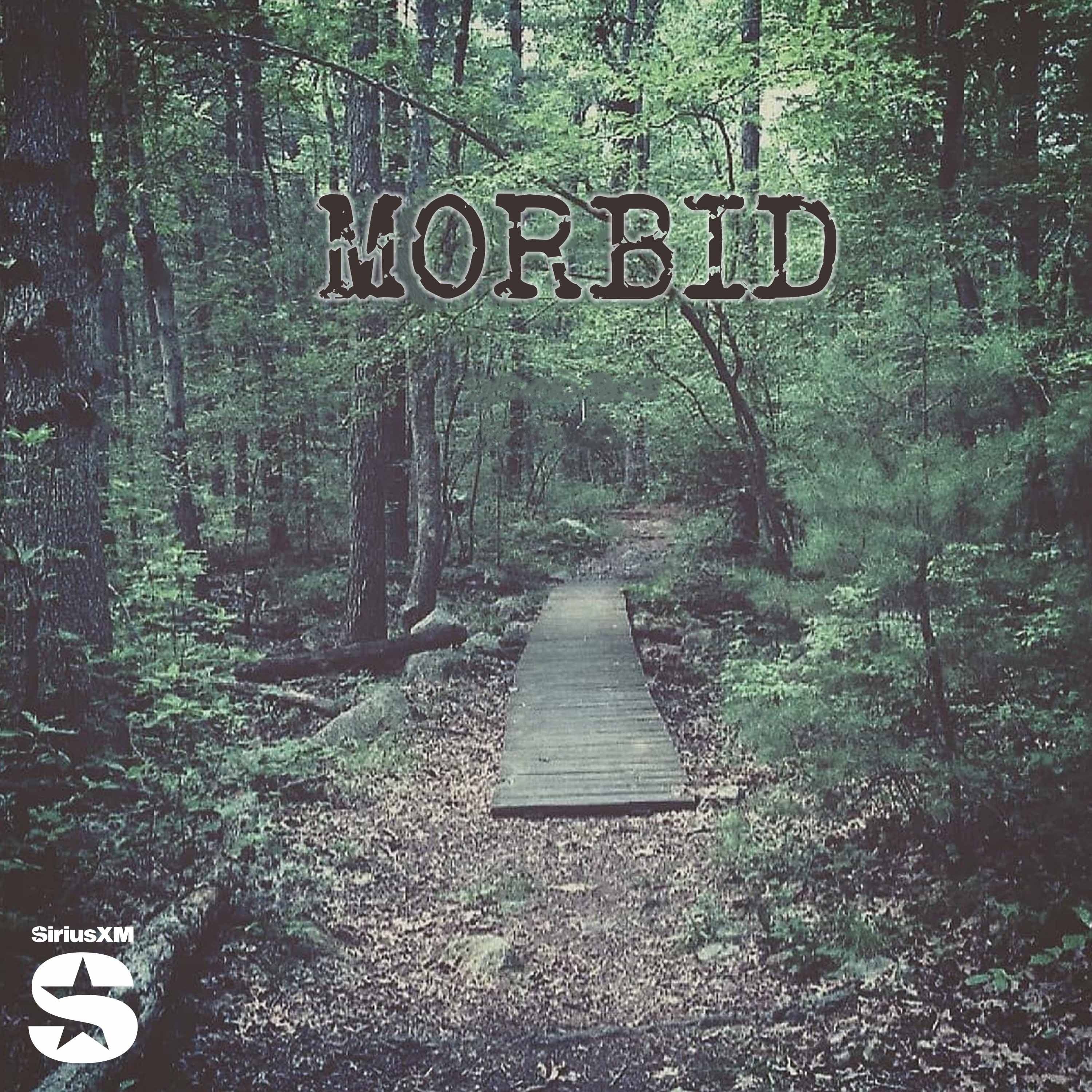
Morbid
Ash Kelley & Alaina Urquhart
And That's Why We Drink
Christine Schiefer, Em Schulz | Para Pods
Give It To Me Straight
Dear Media
True Crime with Kendall Rae
Mile Higher Media & Audioboom Studios
So Supernatural
Audiochuck | Crime House
Two Girls One Ghost
Sony Music Entertainment
The Criminal Makeup
Danielle Kirsty
Crime Junkie
Audiochuck
Creeps and Crimes
Taylar Fetzner, Morgan Harris | Para Pods
Weird Darkness: Paranormal & True Crime Stories
Darren Marlar | Weird Darkness | Full-Time Voice Actor
My Favorite Murder with Karen Kilgariff and Georgia Hardstark
Exactly Right and iHeartPodcasts
Serial
This American Life
Cult Liter with Spencer Henry
Spencer Henry | Morbid Network
OBITCHUARY
Morbid Network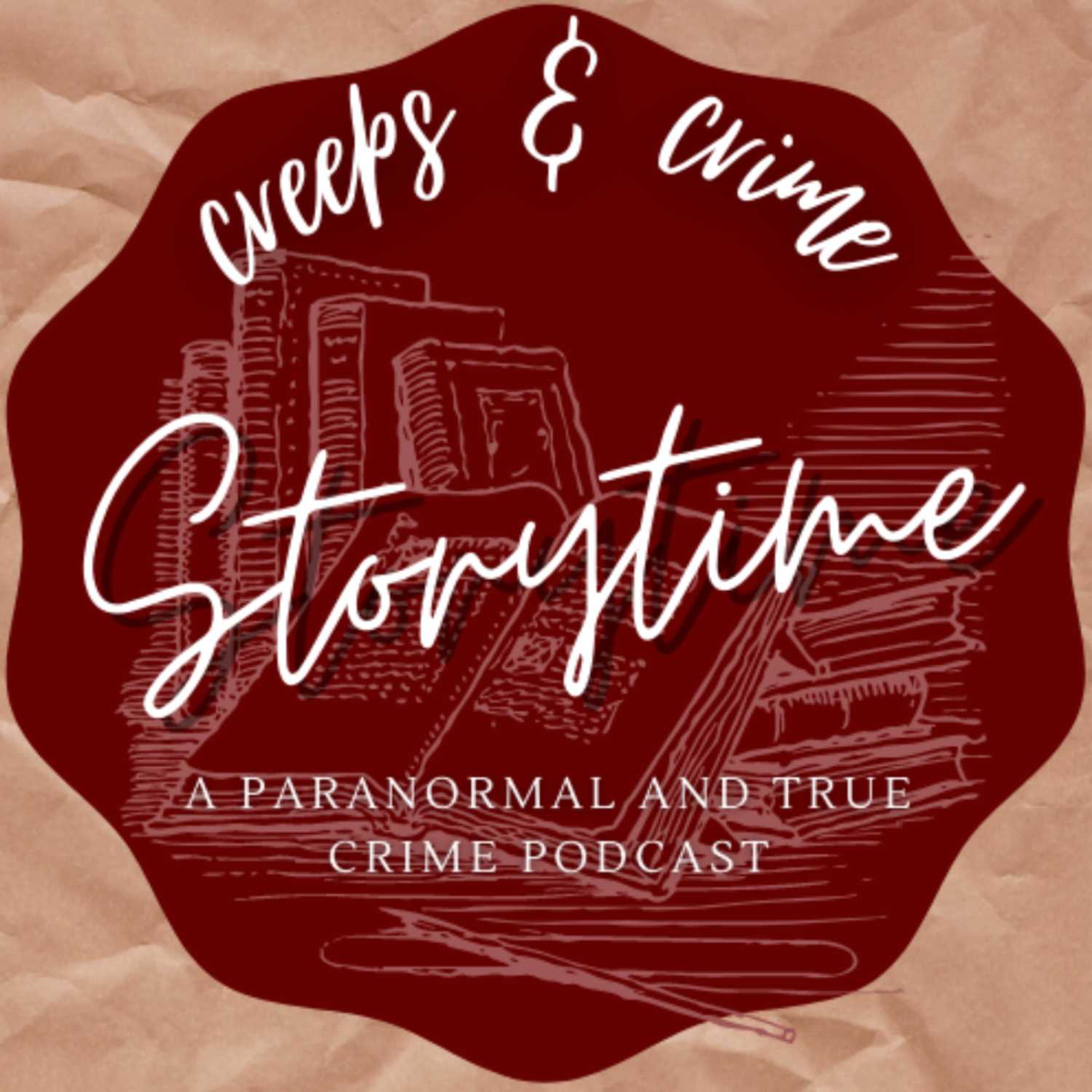
Creeps and Crime Storytime - A Paranormal and True Crime Podcast
Charlie Hammond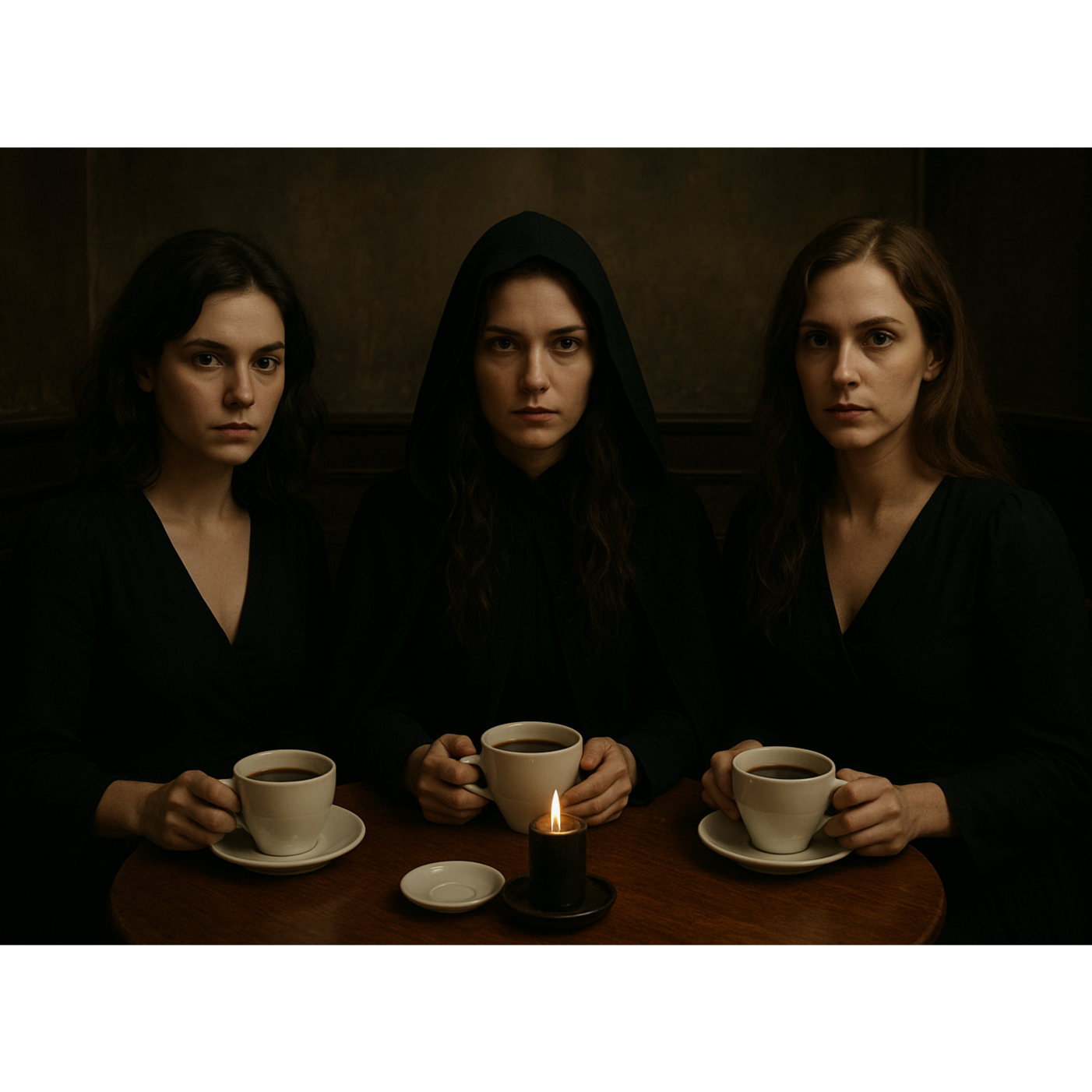
The Coven Cafe Podcast
Kirsten, Sierra, and Alexis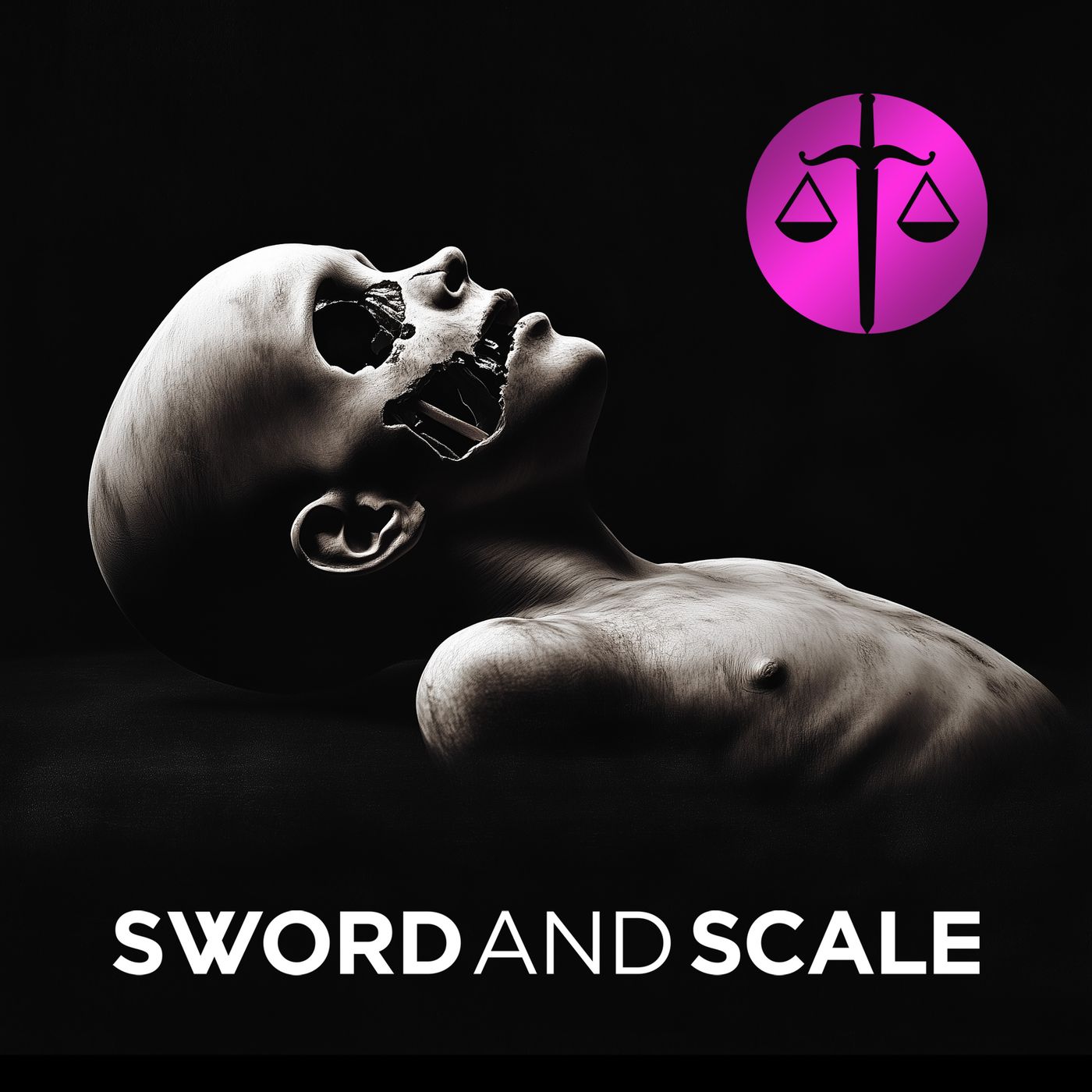
Sword and Scale
Sword and Scale
Beyond The Crime: A Psychological Analysis
Dr Lars Madsen, Shay Addison and Dr Rob Brockman
Crime and Coffee Couple - True Crime Podcast
Allison and Mike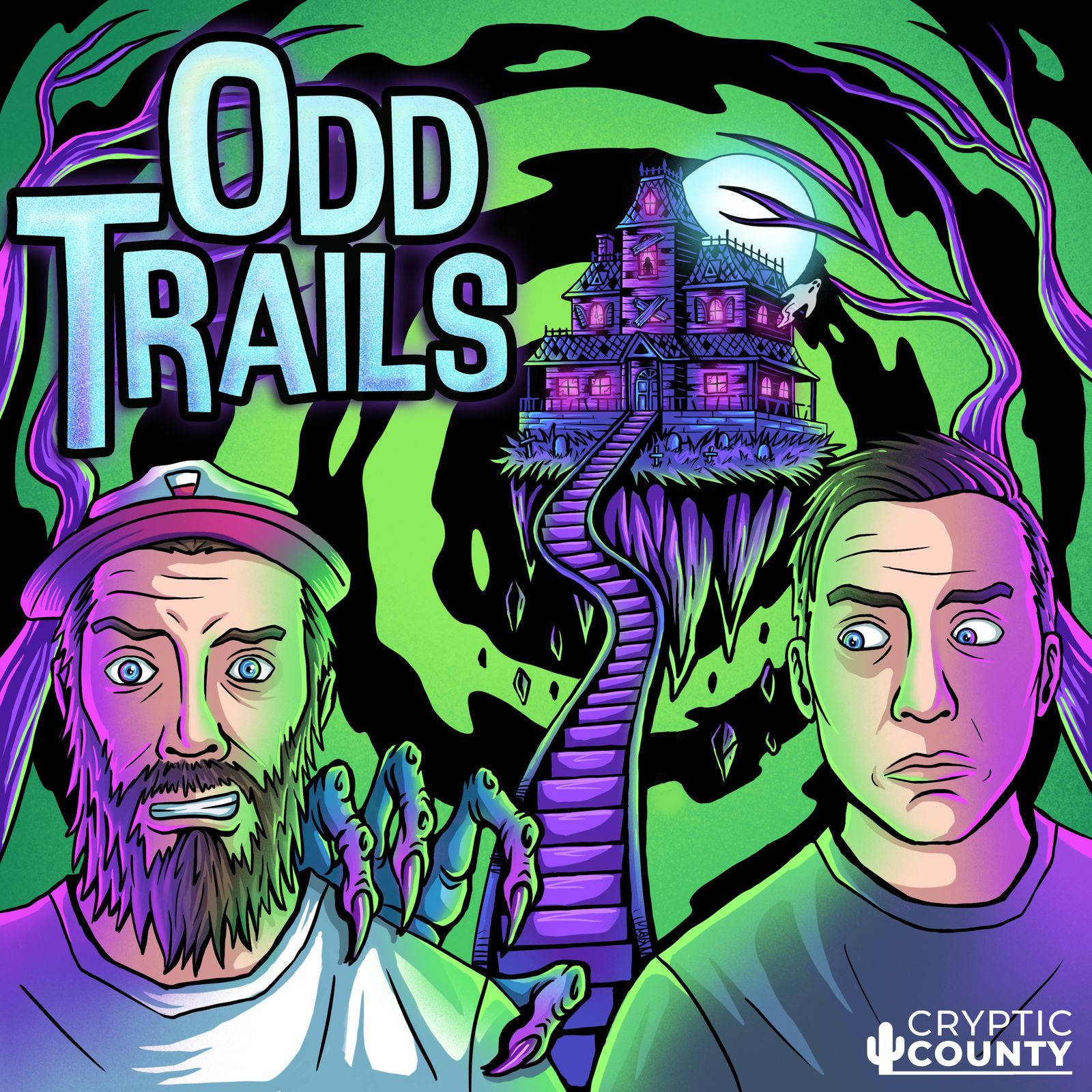
Odd Trails
Andy Tate & Brandon Lanier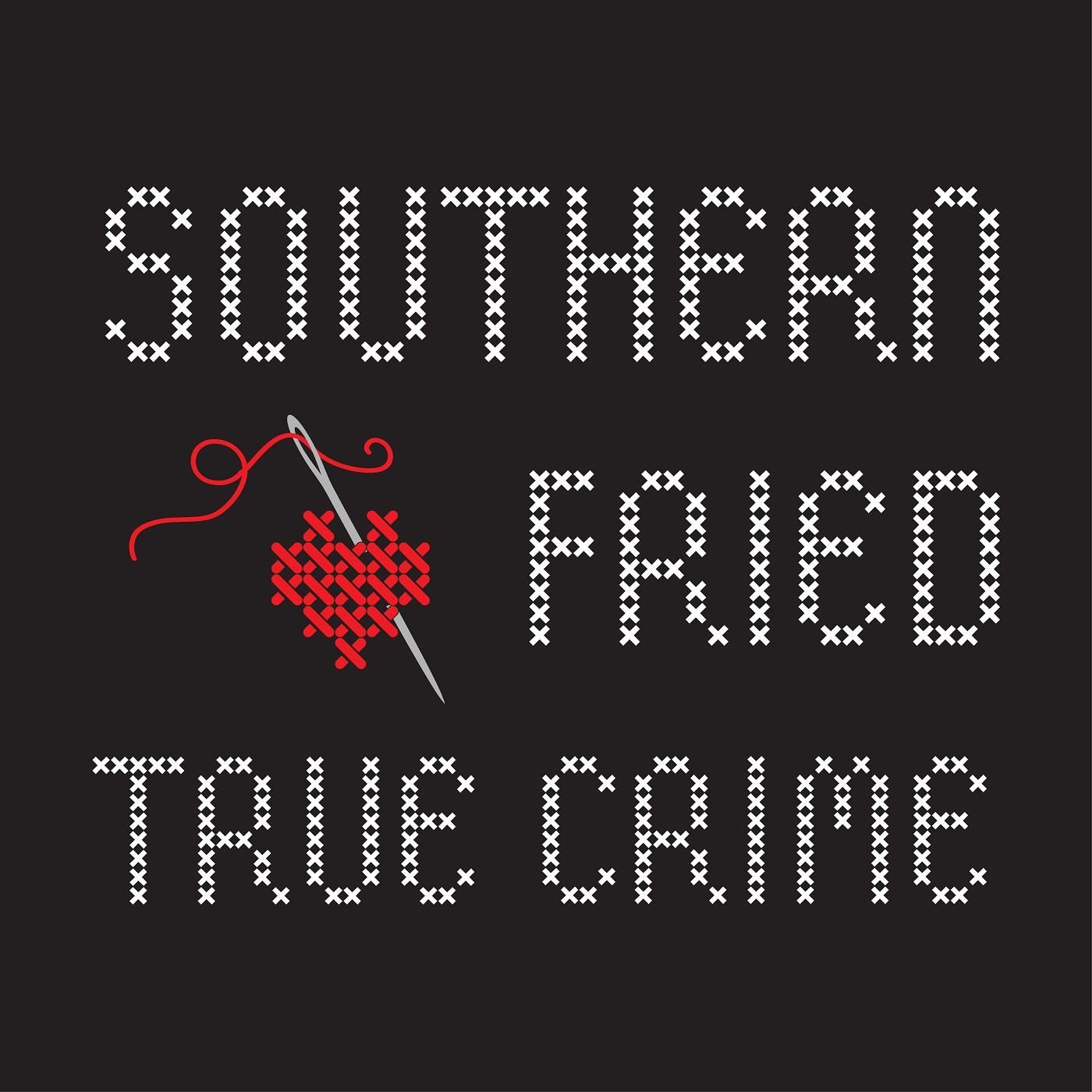
Southern Fried True Crime
Erica Kelley
One Strange Thing: Paranormal & True-Weird Mysteries
Laurah Norton
Creepin It Real
Robin Yeary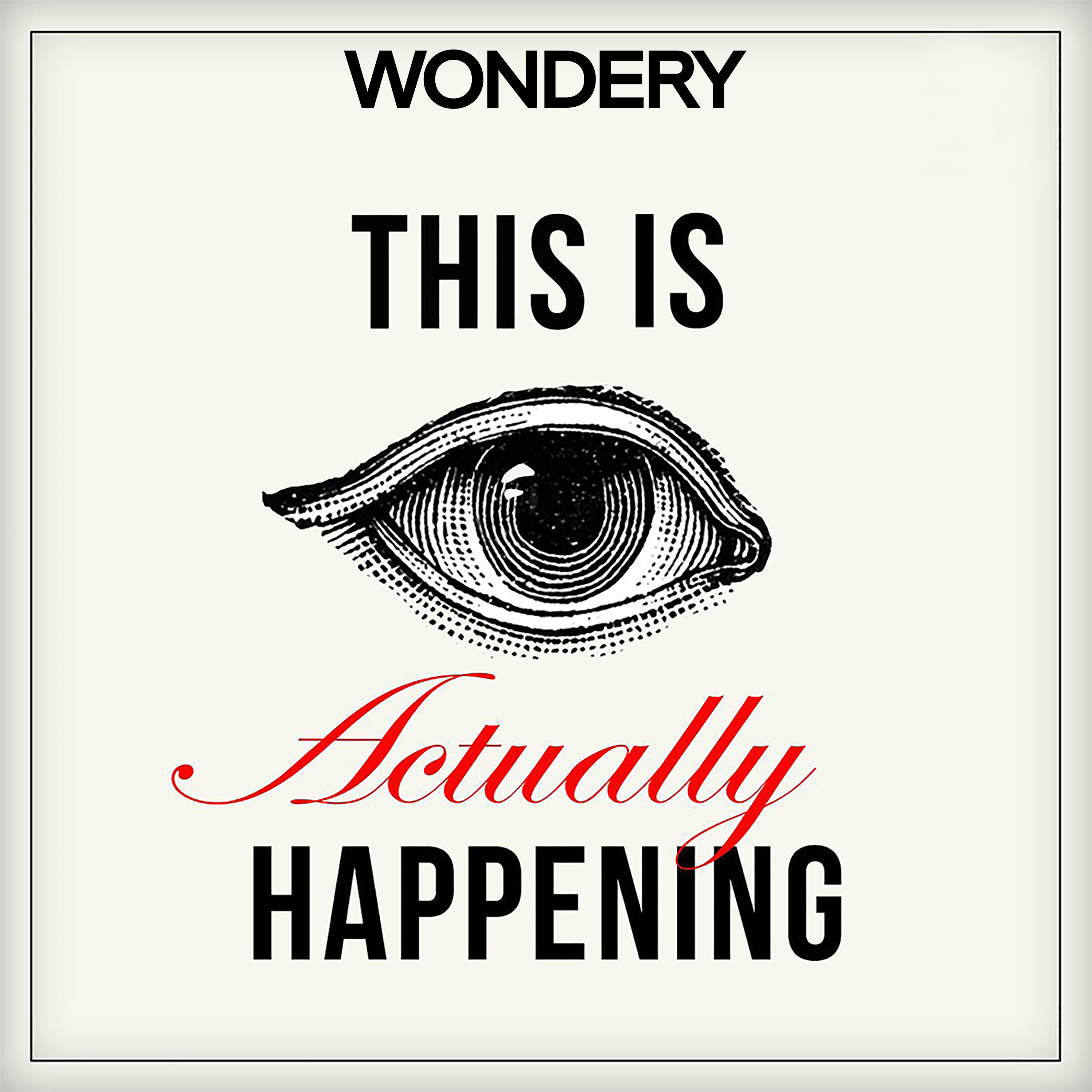
This Is Actually Happening
Wondery
Something's Not Right
Something's Not Right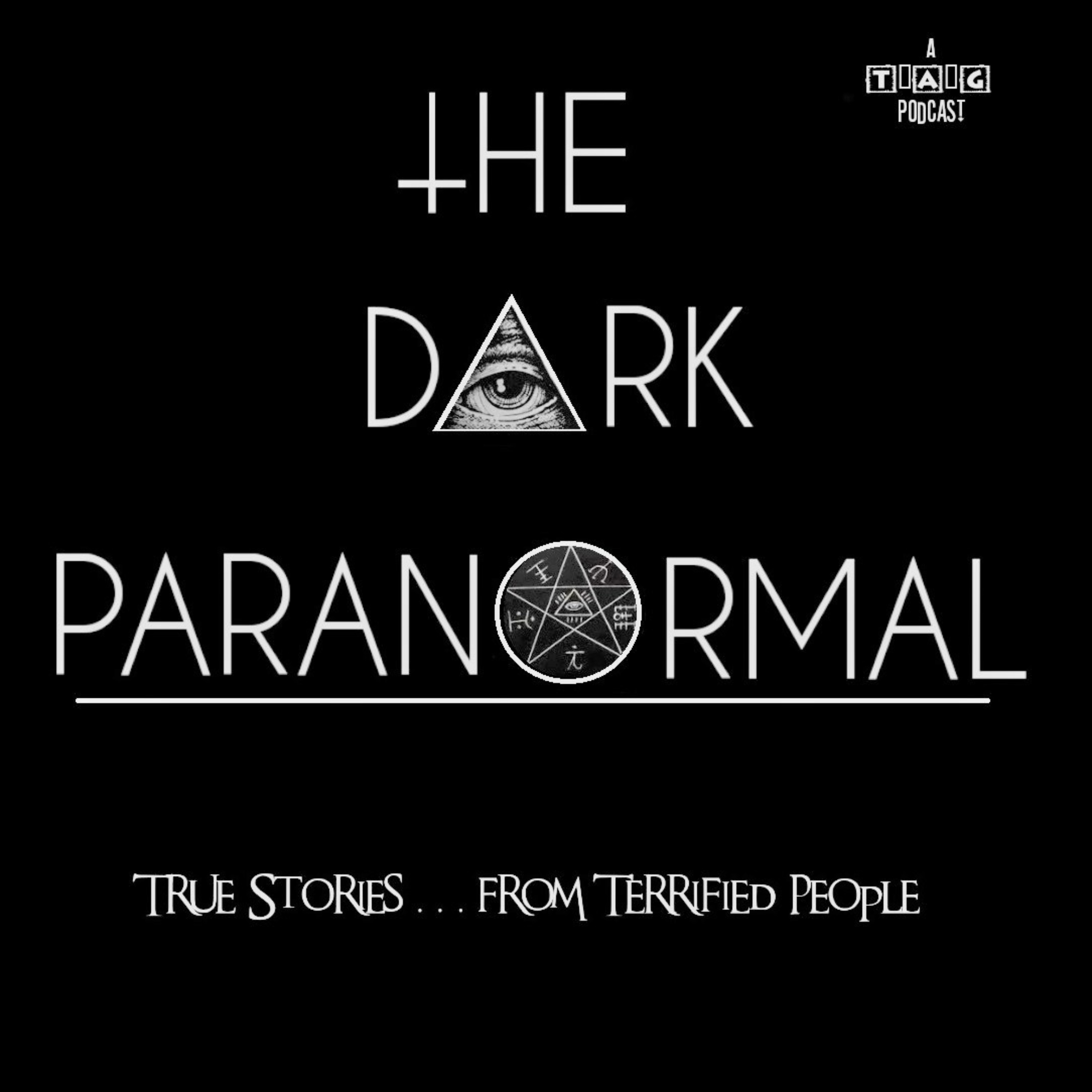
The Dark Paranormal
The Dark Paranormal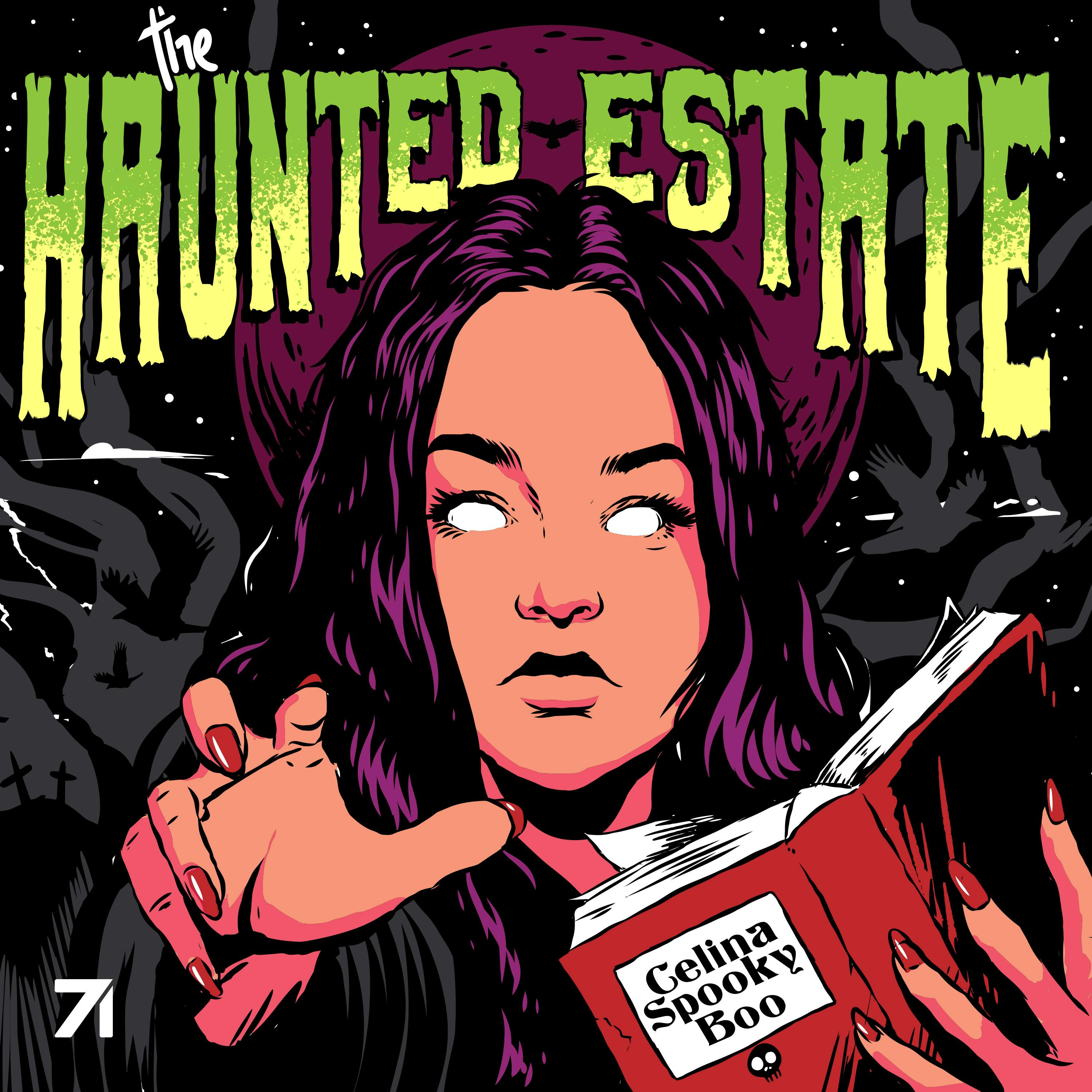
The Haunted Estate with CelinaSpookyBoo
The Haunted Estate & Studio71
On The Odd: Cults, Hauntings, The Paranormal & Unexplained
Ghost Stories, Haunted, Paranormal & Supernatural Stories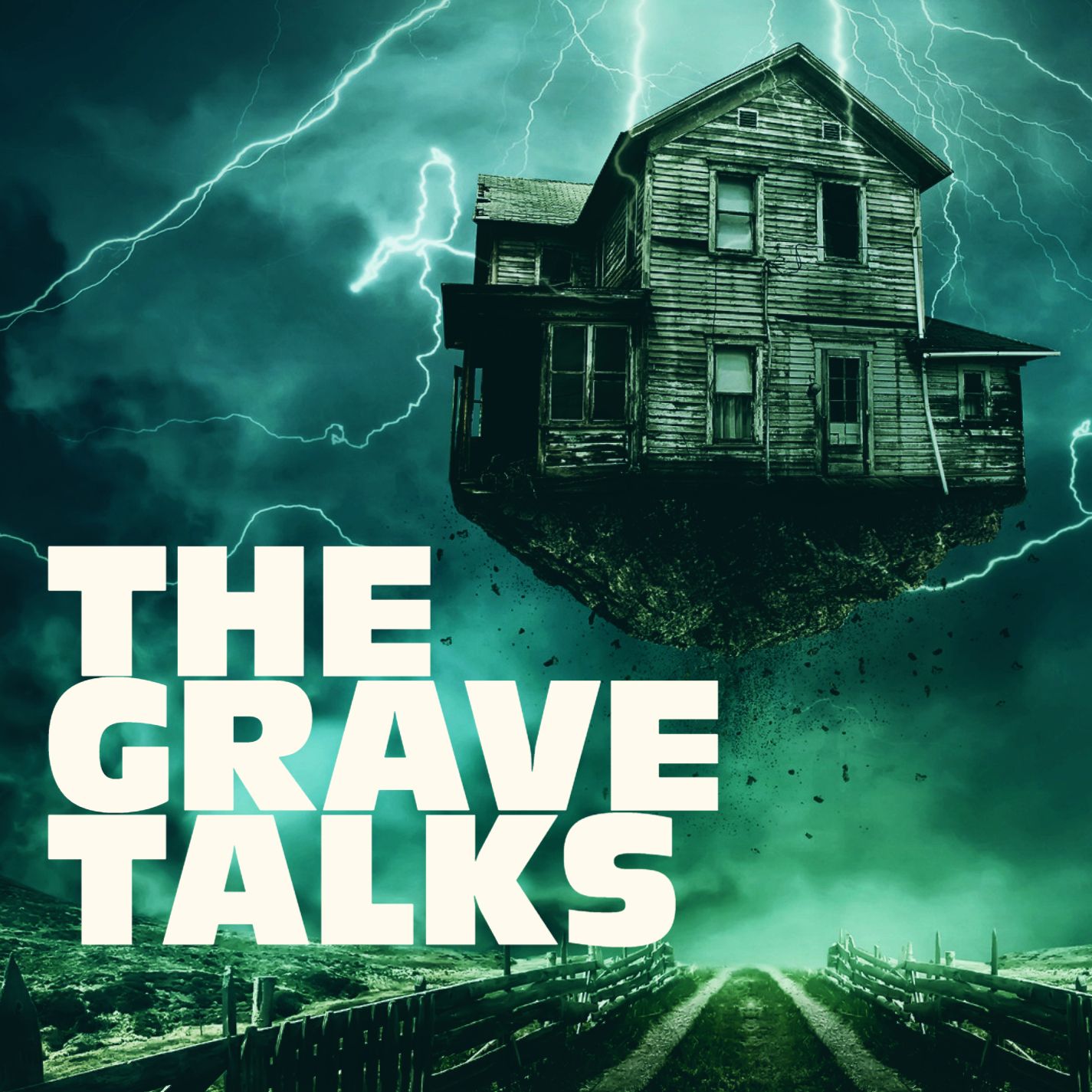
The Grave Talks | Haunted, Paranormal & Supernatural
Ghost Stores, Haunted, Paranormal & Supernatural Stories
The Haunted Objects Podcast
SpectreVision Radio
Seven Deadly Sinners
Rachael O'Brien
Morbid Network
Morbid Network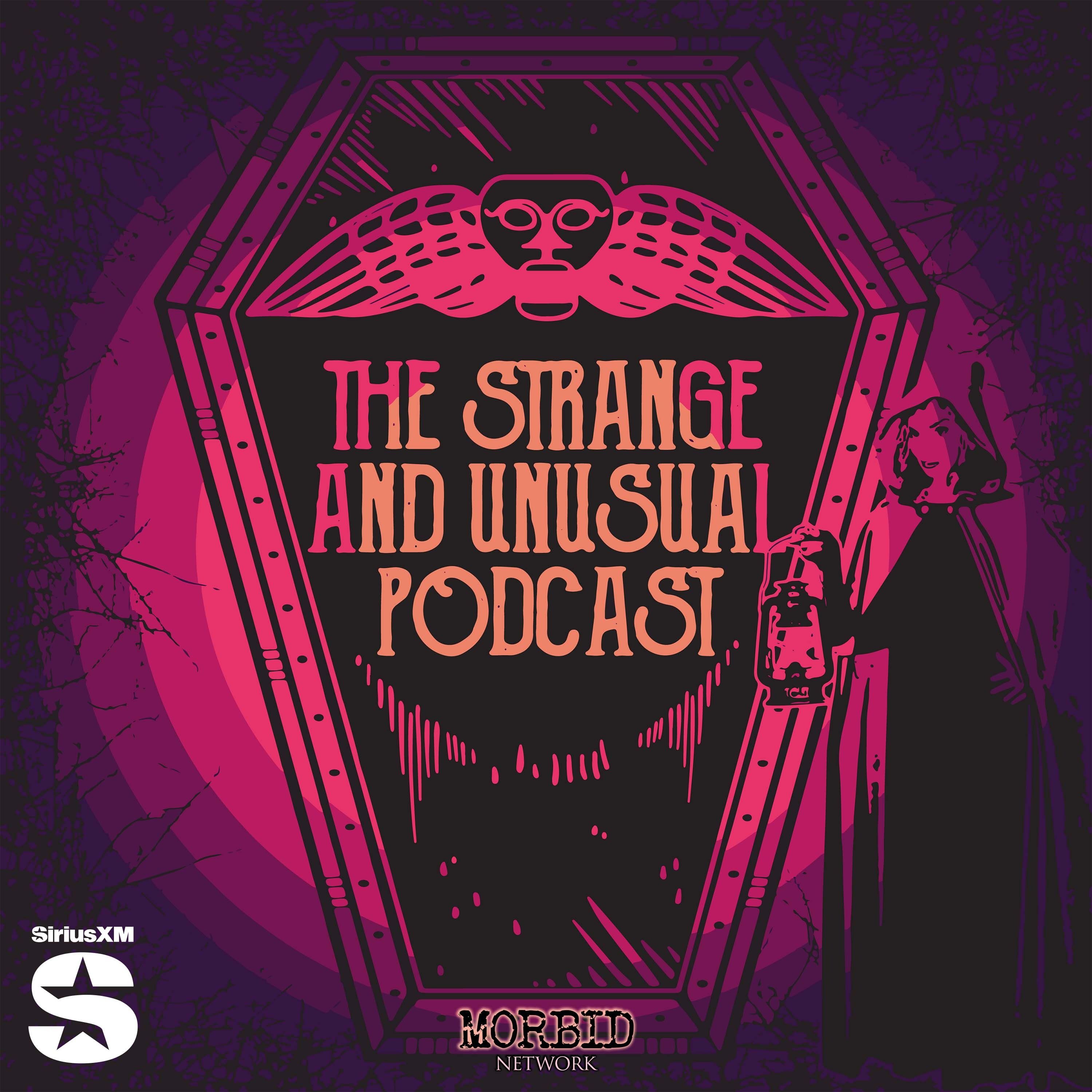
The Strange and Unusual Podcast
Alyson Horrocks | Morbid Network
That's Spooky
Tyler Hyde & Johnny Cann | Morbid Network
Snapped: Women Who Murder
Oxygen
Morbidology
Morbidology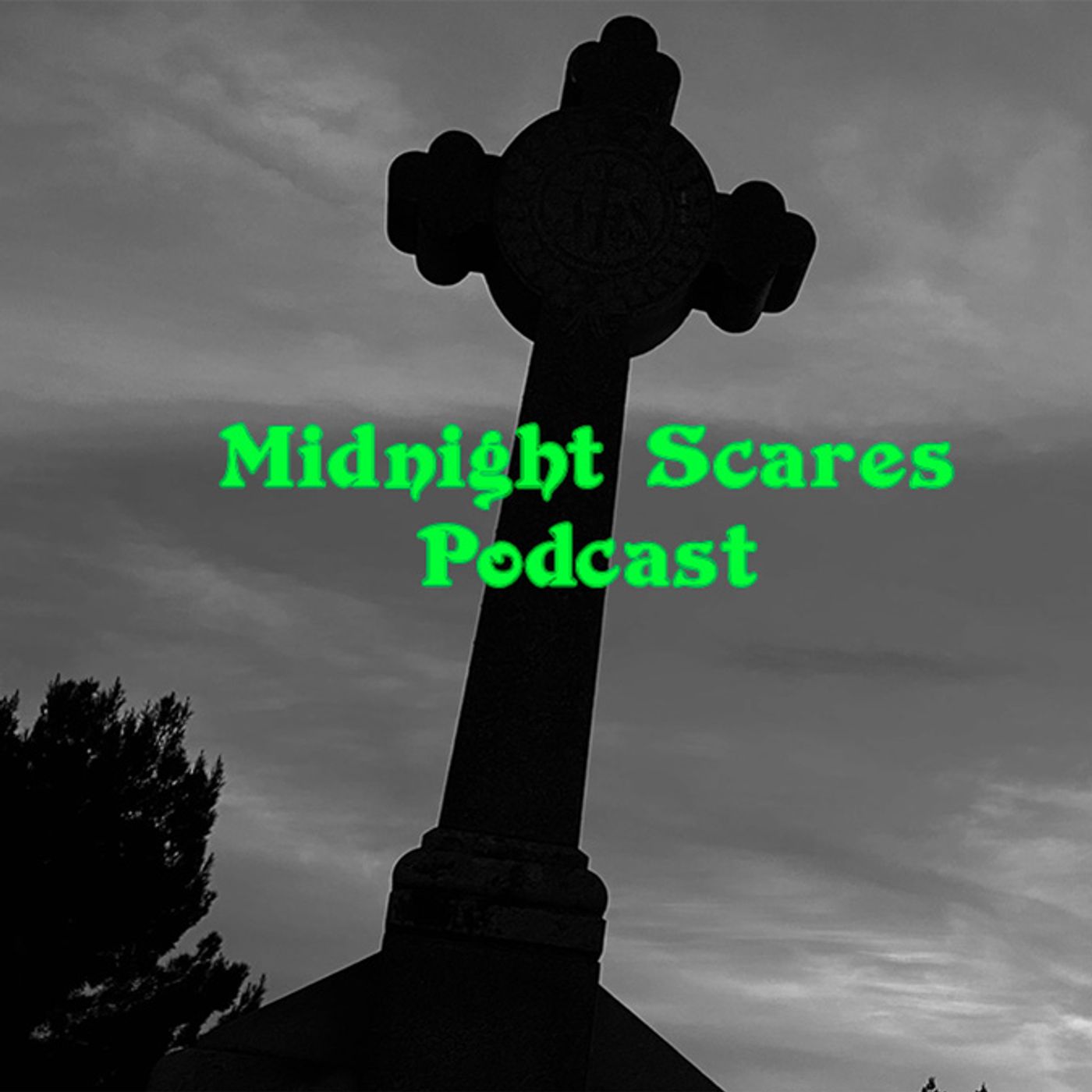
Midnight Scares - Fall Asleep to Spooky Stories
Midnight Scares
What Came Next
Broken Cycle Media
The Vanished Podcast
Wondery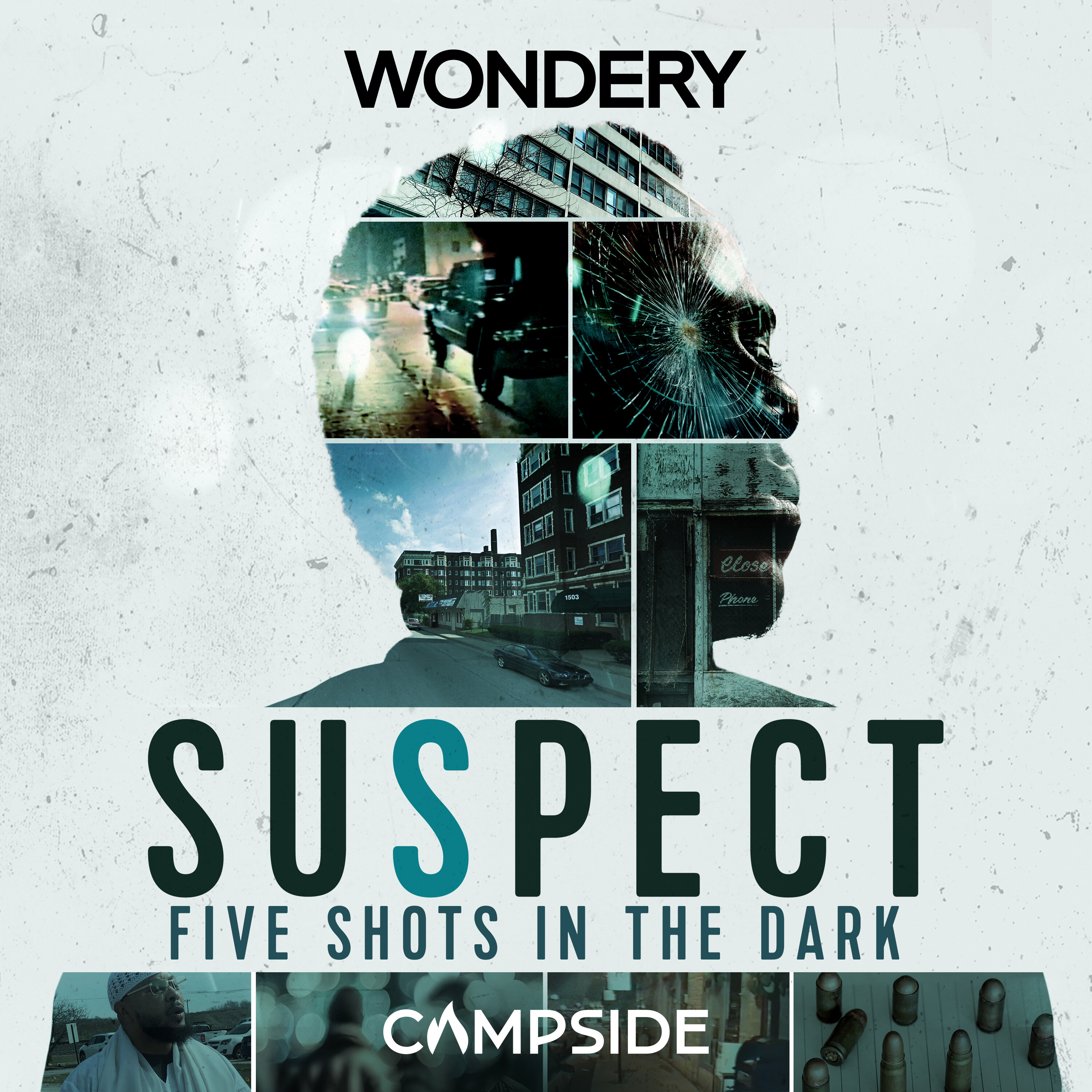
Suspect
Wondery | Campside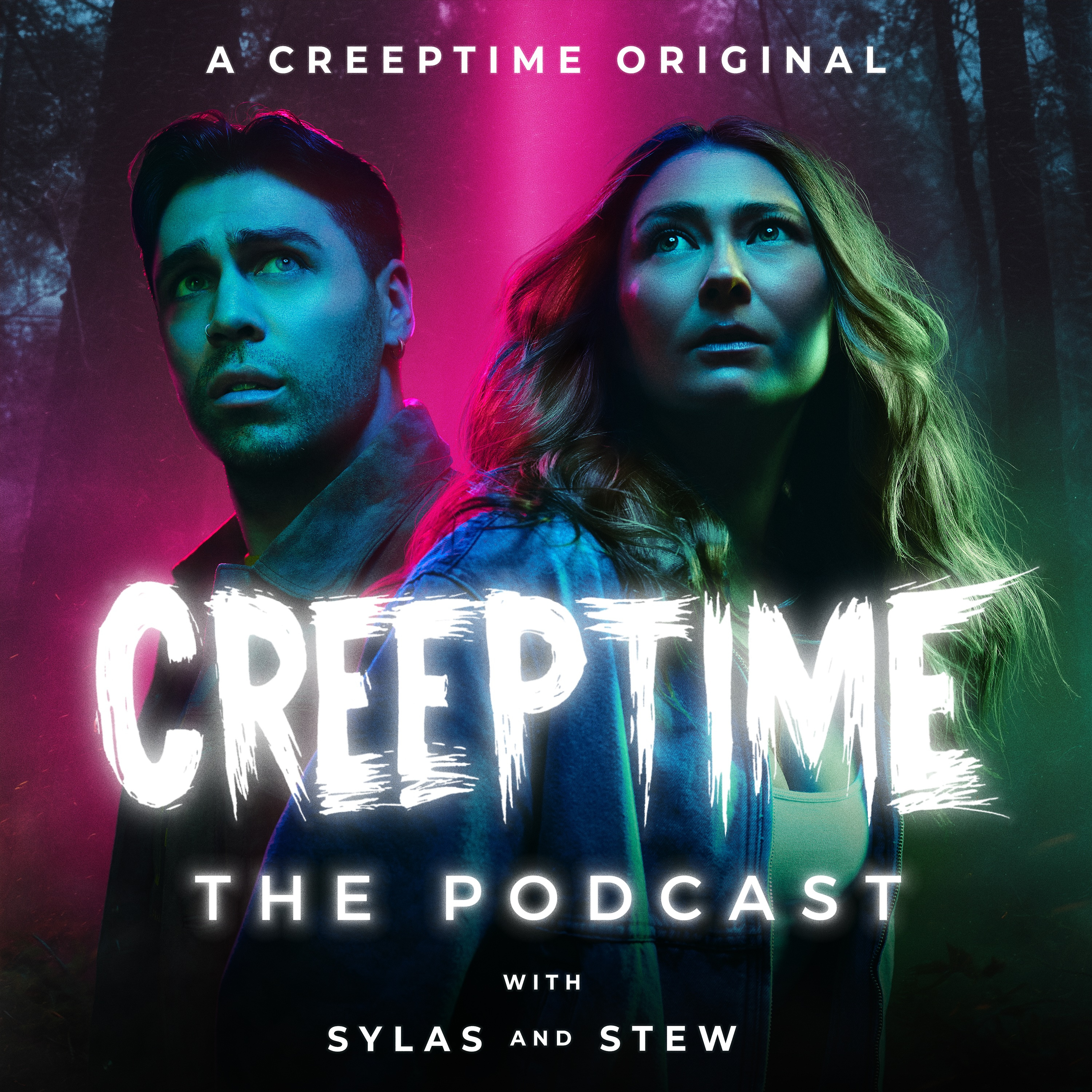
CreepTime The Podcast
Sylas Dean and Stew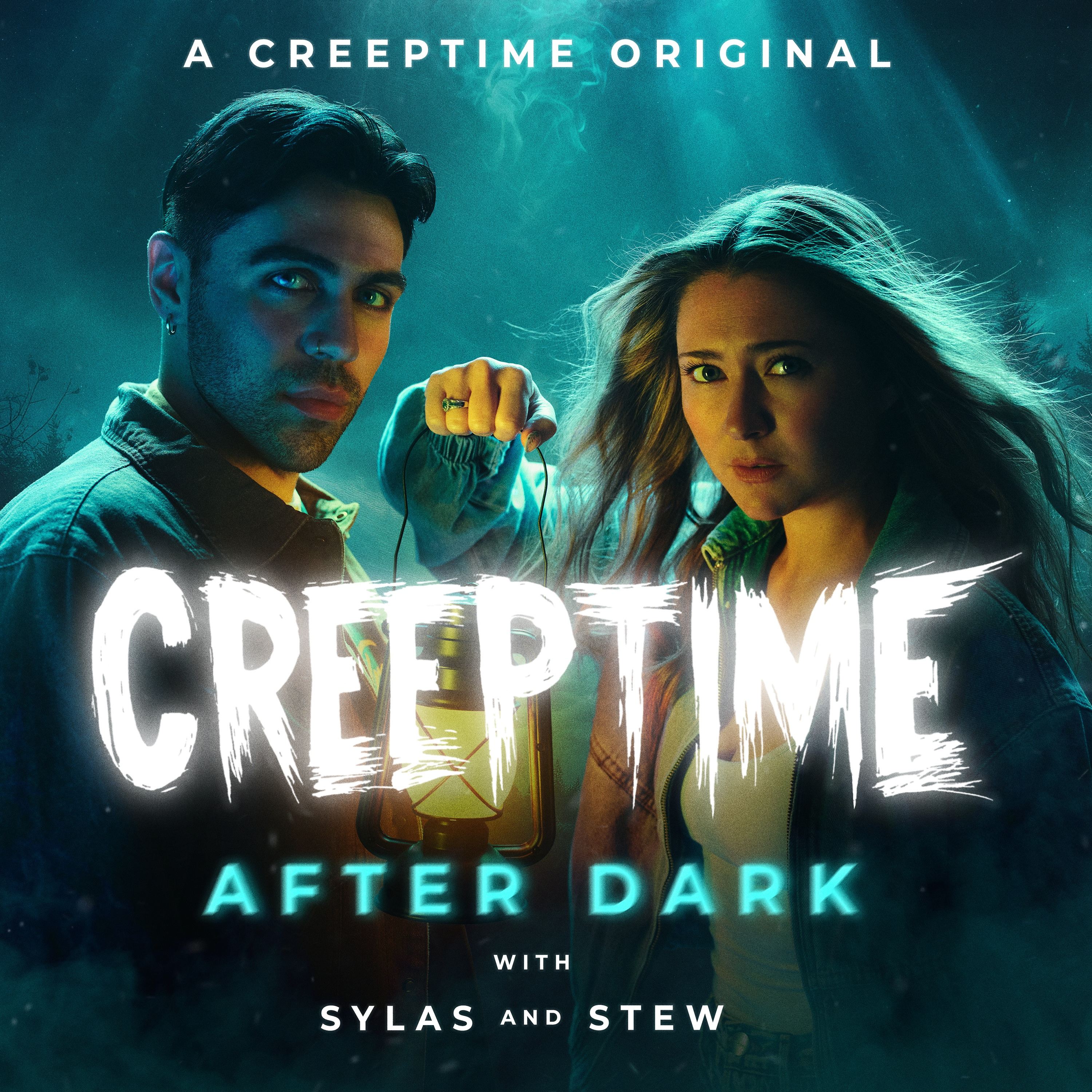
CreepTime: After Dark
Sylas Dean and Stew
Dark History
Audioboom Studios
Murder, Mystery & Makeup
Audioboom Studios
Anatomy of Murder
Audiochuck
Full Body Chills
Audiochuck
CounterClock
Audiochuck
Park Predators
Audiochuck
Dark Downeast
Audiochuck
The Deck Investigates
Audiochuck
Armored
Audiochuck
The Deck
Audiochuck
KILLED
Audiochuck
Small Town Murder
James Pietragallo, Jimmie Whisman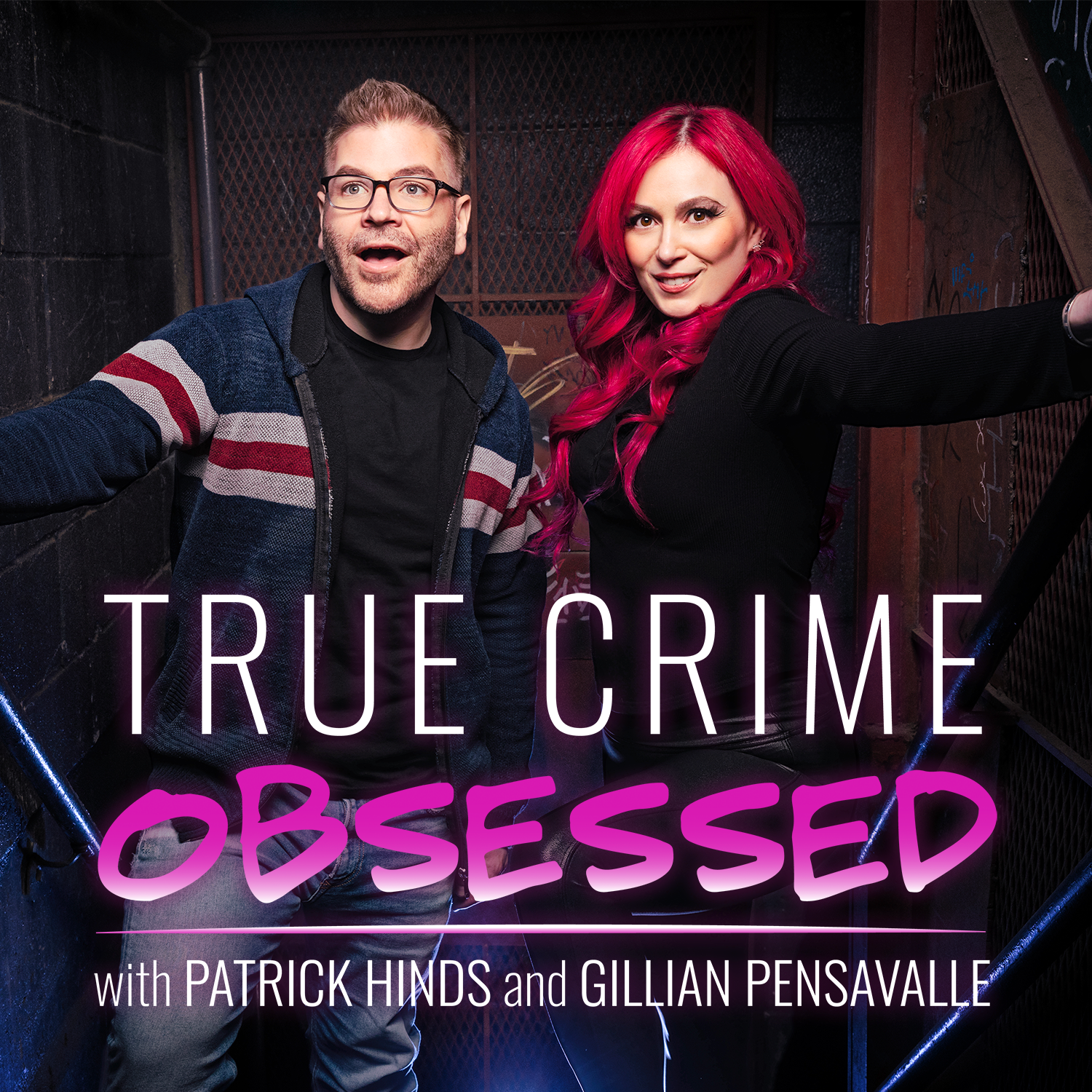
True Crime Obsessed
True Crime Obsessed
True Crime Obsessed
Patrick Hinds & Gillian Pensavalle
Strictly Anonymous Confessions
Kathy Kay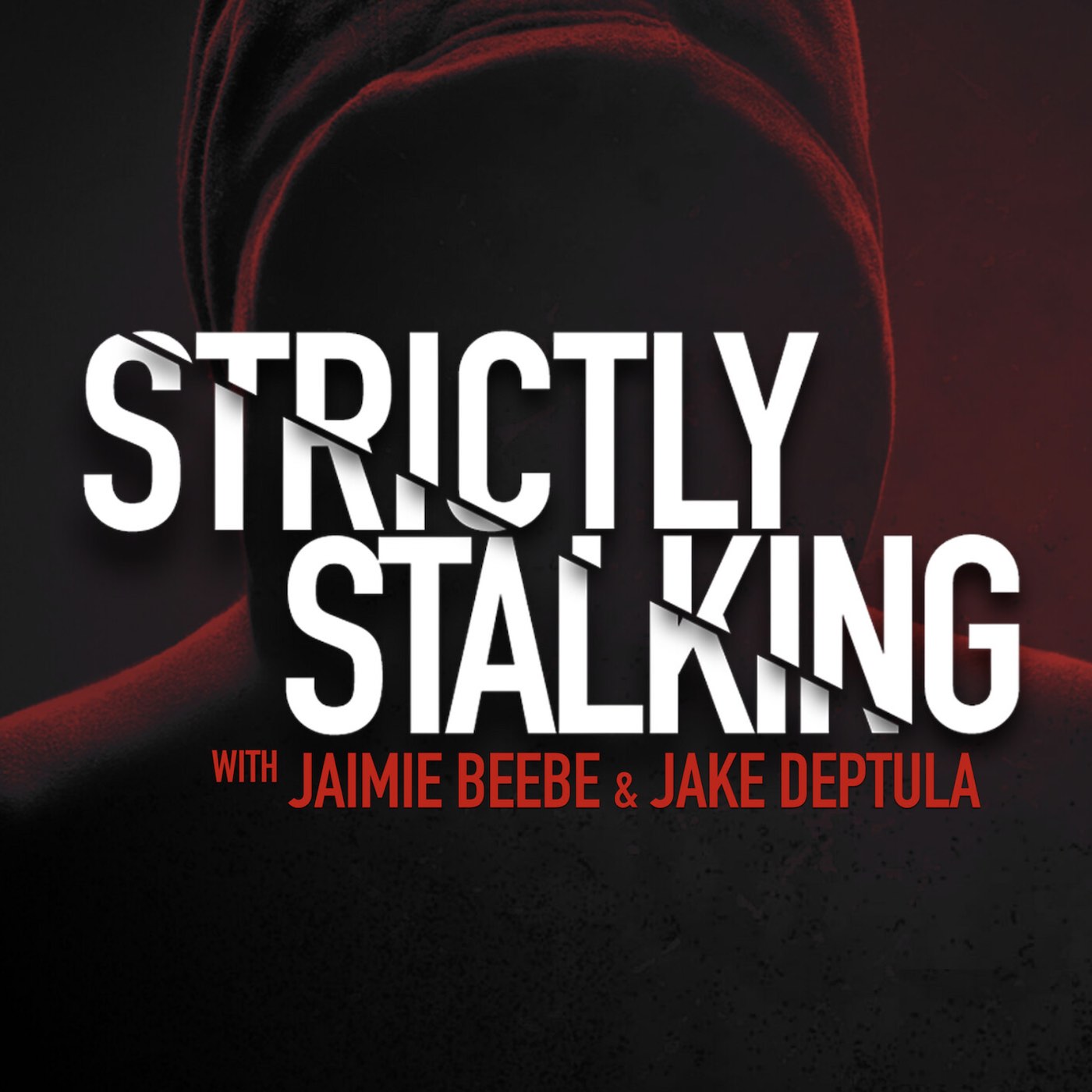
Strictly Stalking
Strictly Stalking
Dr. Death
Wondery
Killer Psyche
Wondery | Treefort Media
Cold
KSL Podcasts
True Crime Garage
TRUE CRIME GARAGE
This Podcast Will Kill You
Exactly Right and iHeartPodcasts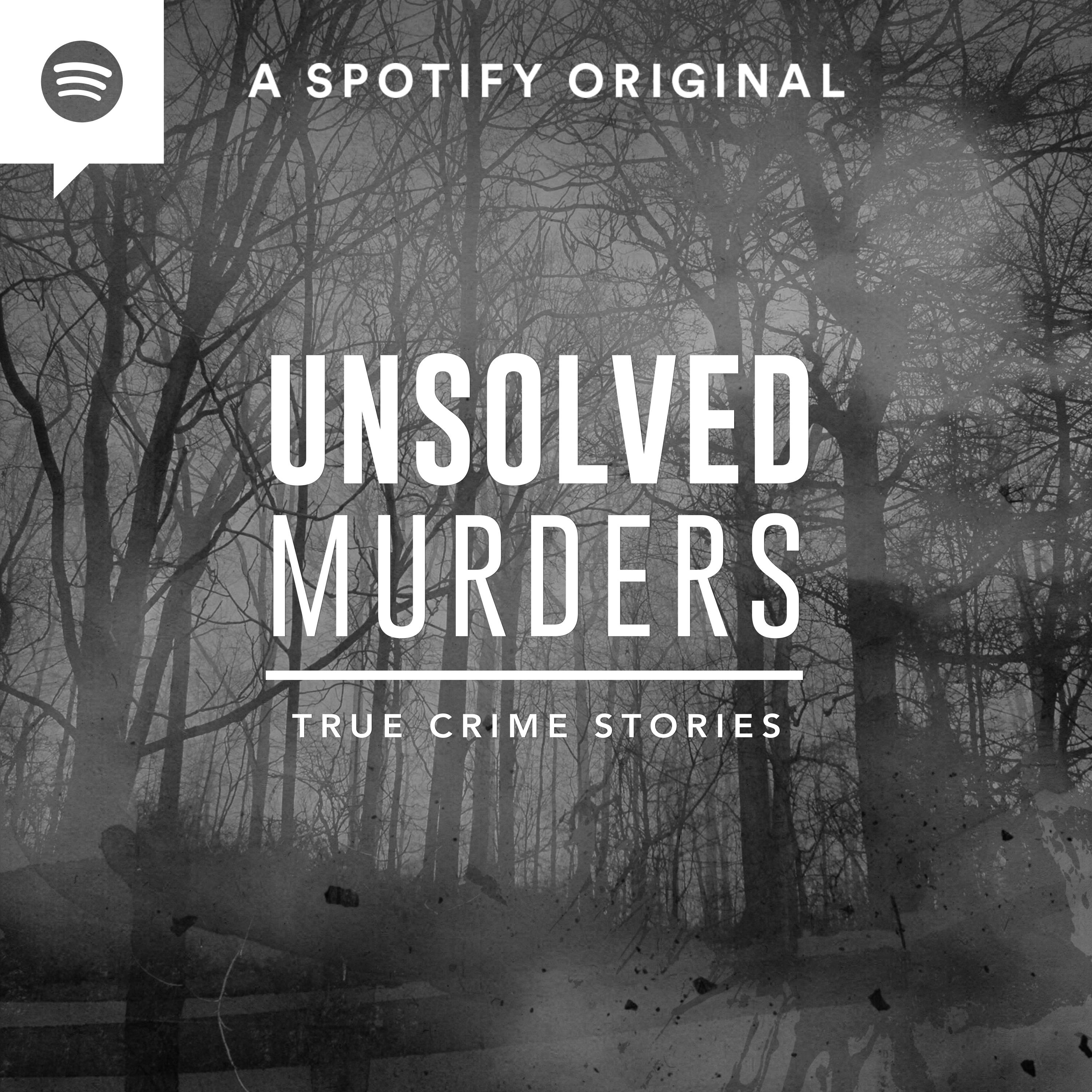
Unsolved Murders: True Crime Stories
Spotify Studios
True Crime All The Time Unsolved
PodcastOne
True Crimes and Weird Times
Ashley & Kim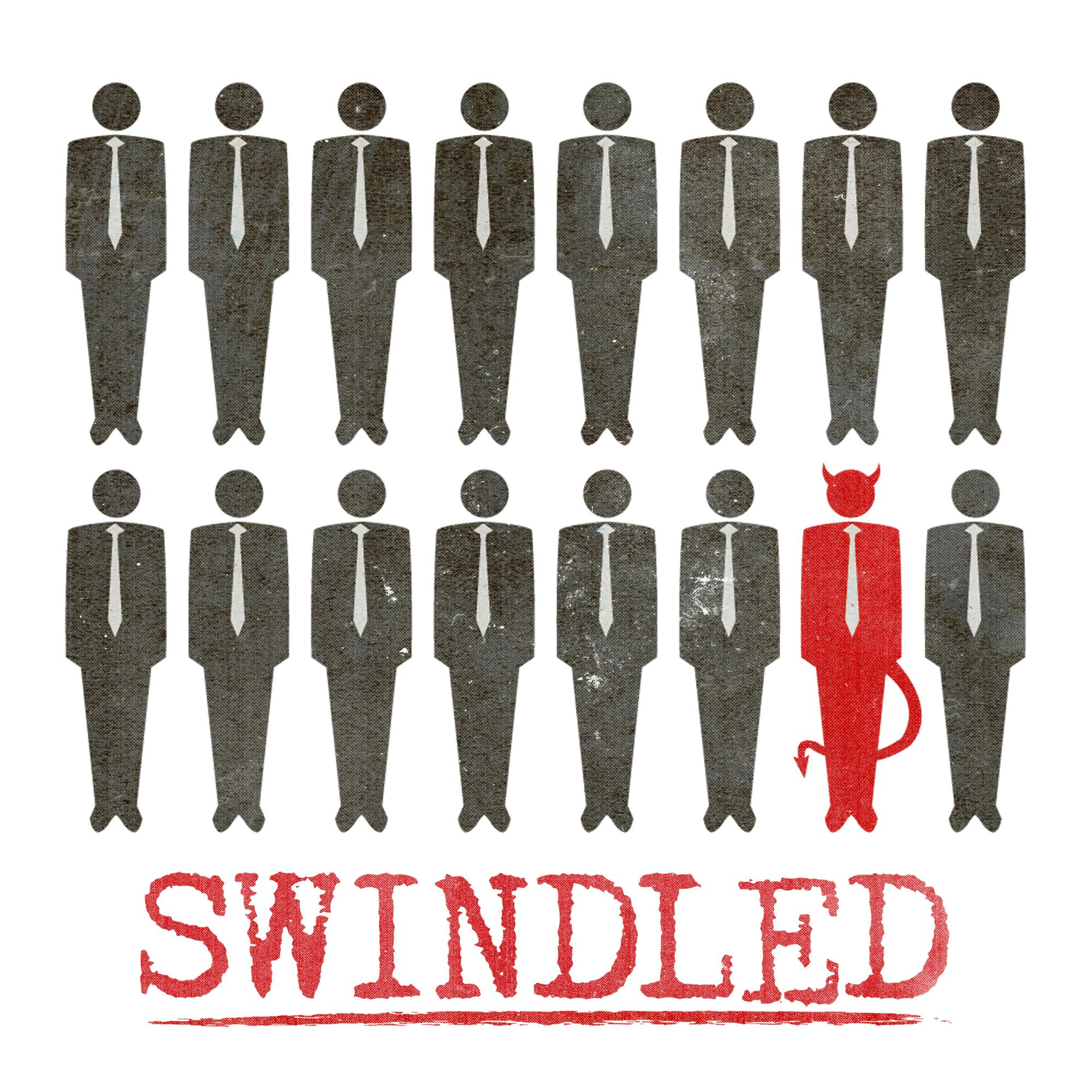
Swindled
A Concerned Citizen
Red Ball
Audiochuck
Solvable by audiochuck
Audiochuck
O.C. Swingers
Audiochuck
Strangeland
Audiochuck | Western Sound
Unsealed: The Tylenol Murders
AT WILL MEDIA, The Chicago Tribune
IDIOT with Laura Clery
Laura Clery & Studio71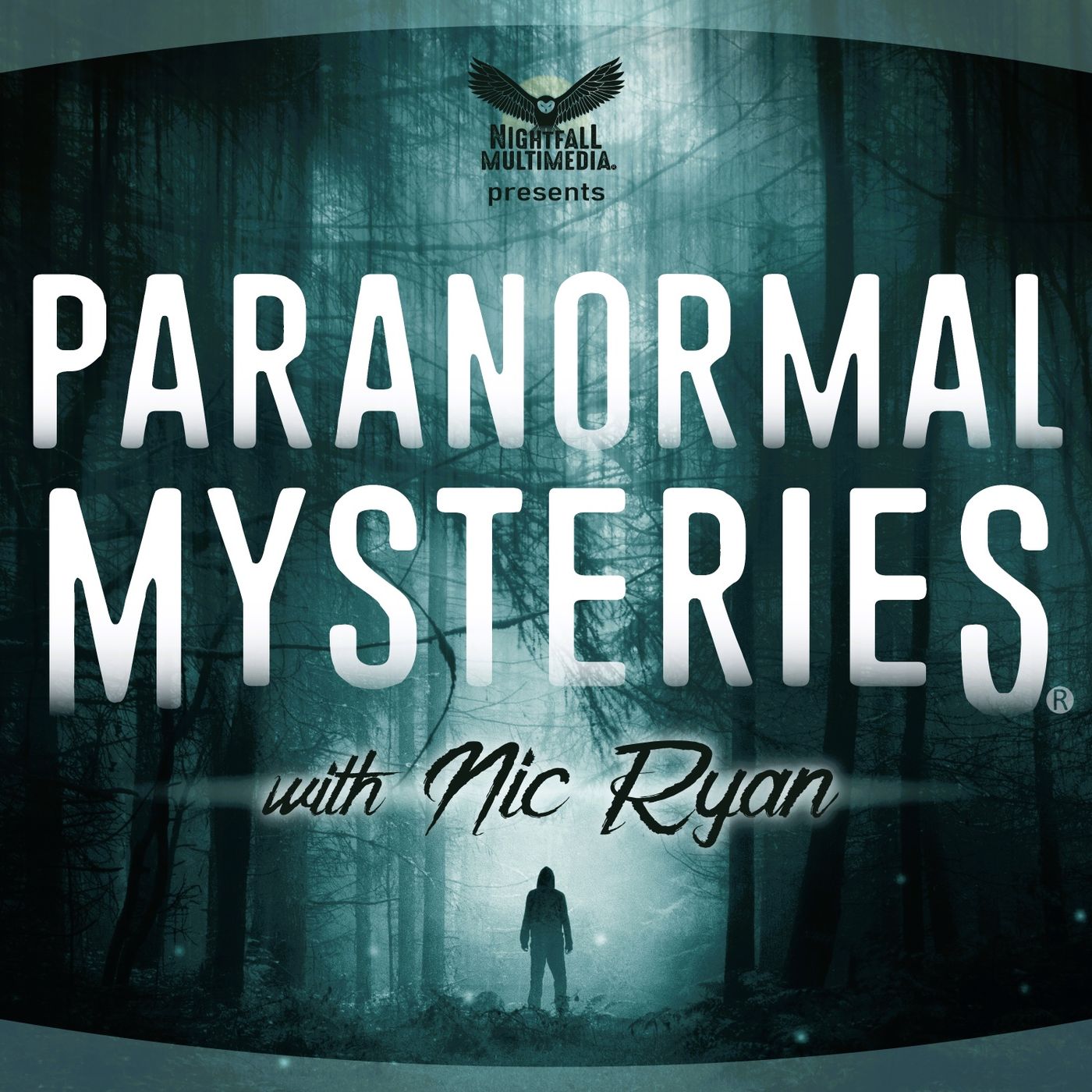
Paranormal Mysteries
Nic Ryan | Paranormal Mysteries Podcast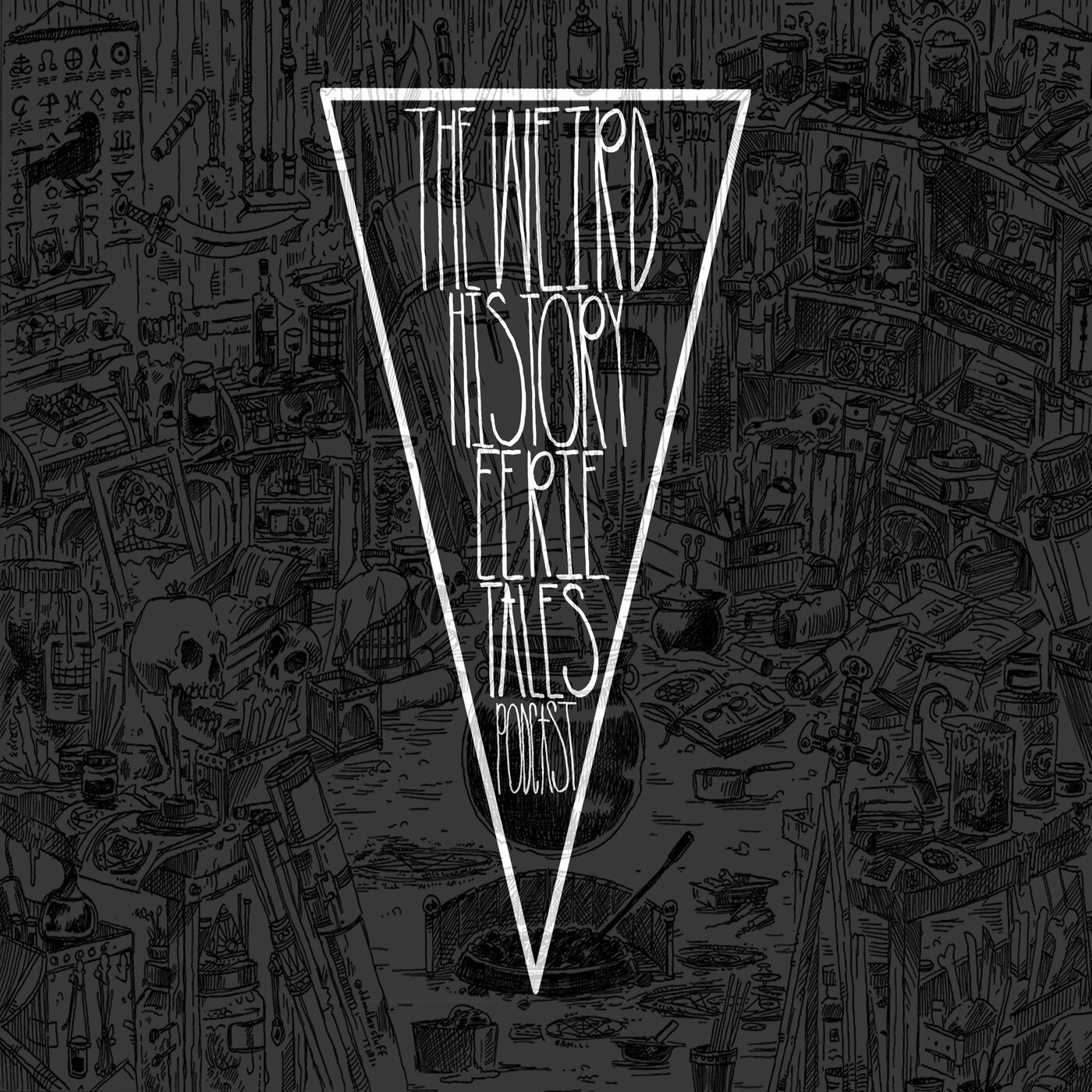
The Weird History Eerie Tales Podcast
The Weird History Eerie Tales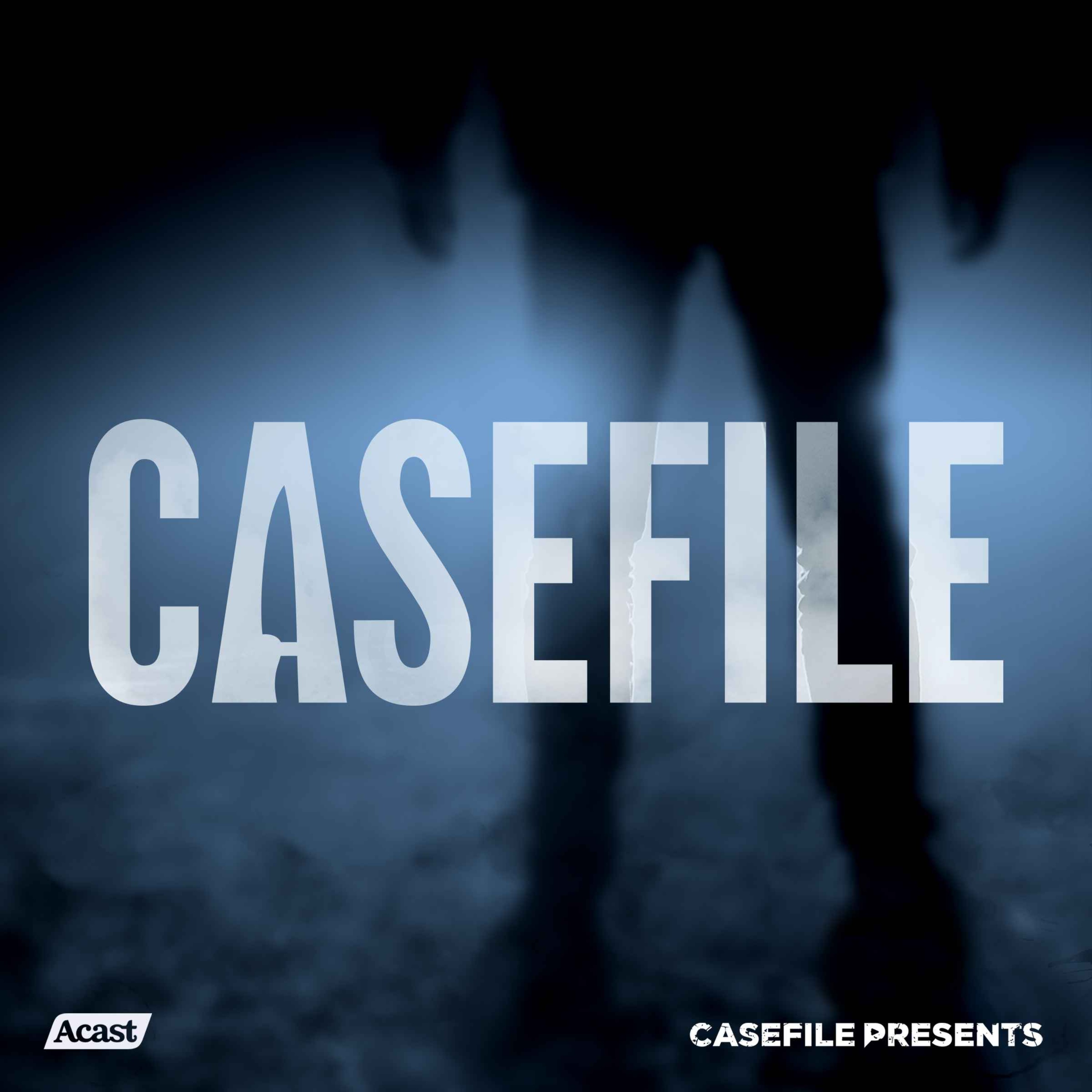
Casefile True Crime
Casefile Presents
Murder, She Told
Kristen Seavey | QCODE
Crimelines® True Crime
Crimelines True Crime
Crawlspace - True Crime & Mysteries
Crawlspace Media
Lore
Aaron Mahnke
The Brohio Podcast
Aliens, Conspiracy Theories, Paranormal, Famous Murders, Cryptozoology, Strange Occurrences, Monsters, UFOs, True Crime, Demons, Occult, Urban Legends, Comedy
Death by Misadventure: True Crime Paranormal
Death by Misadventure
There’s Some Horrors In This House: A true crime/paranormal podcast
Maiden and Fluff
Weird Tales and the Unexplainable
Bob, Beef + Tiss
The Oddcast: Tales of the Occult, Weird, and Arcane
Jon Fredette
Spooky Psychology
Lauren Mollica and Megan Baker
Spooky Sips
Spooky Sips
Everything is Spooky in the Dark
Wandering Crystal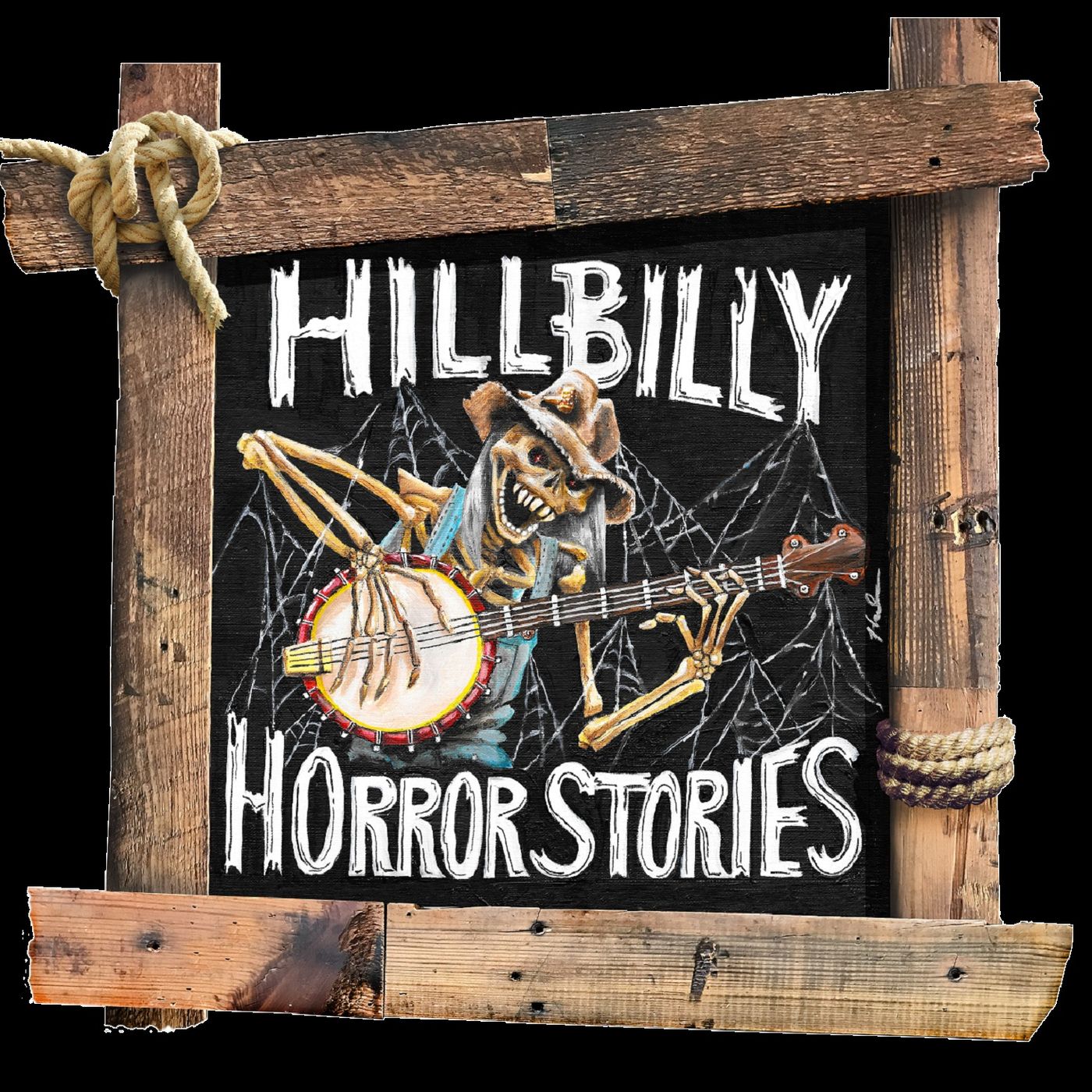
Hillbilly Horror Stories Paranormal Podcast
Jerry Paulley
The Paranormal Podcast
Jim Harold
Belief Hole | Paranormal, Mysteries and Other Tasty Thought Snacks
SpectreVision Radio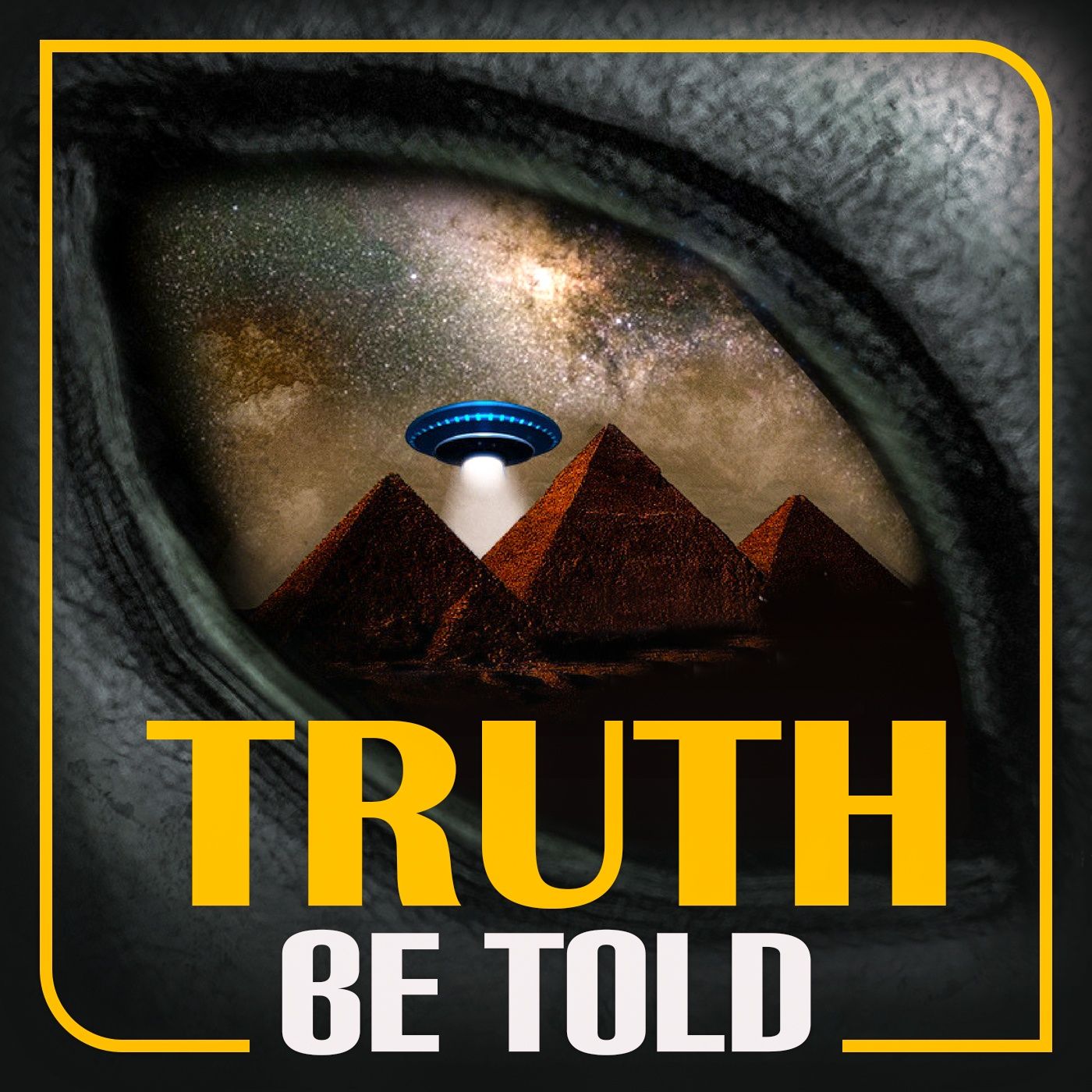
Truth Be Told Paranormal
Club Paranormal Channel
Ghost Host's Horror Podcast
The Ghost Hosts' Horror Podcas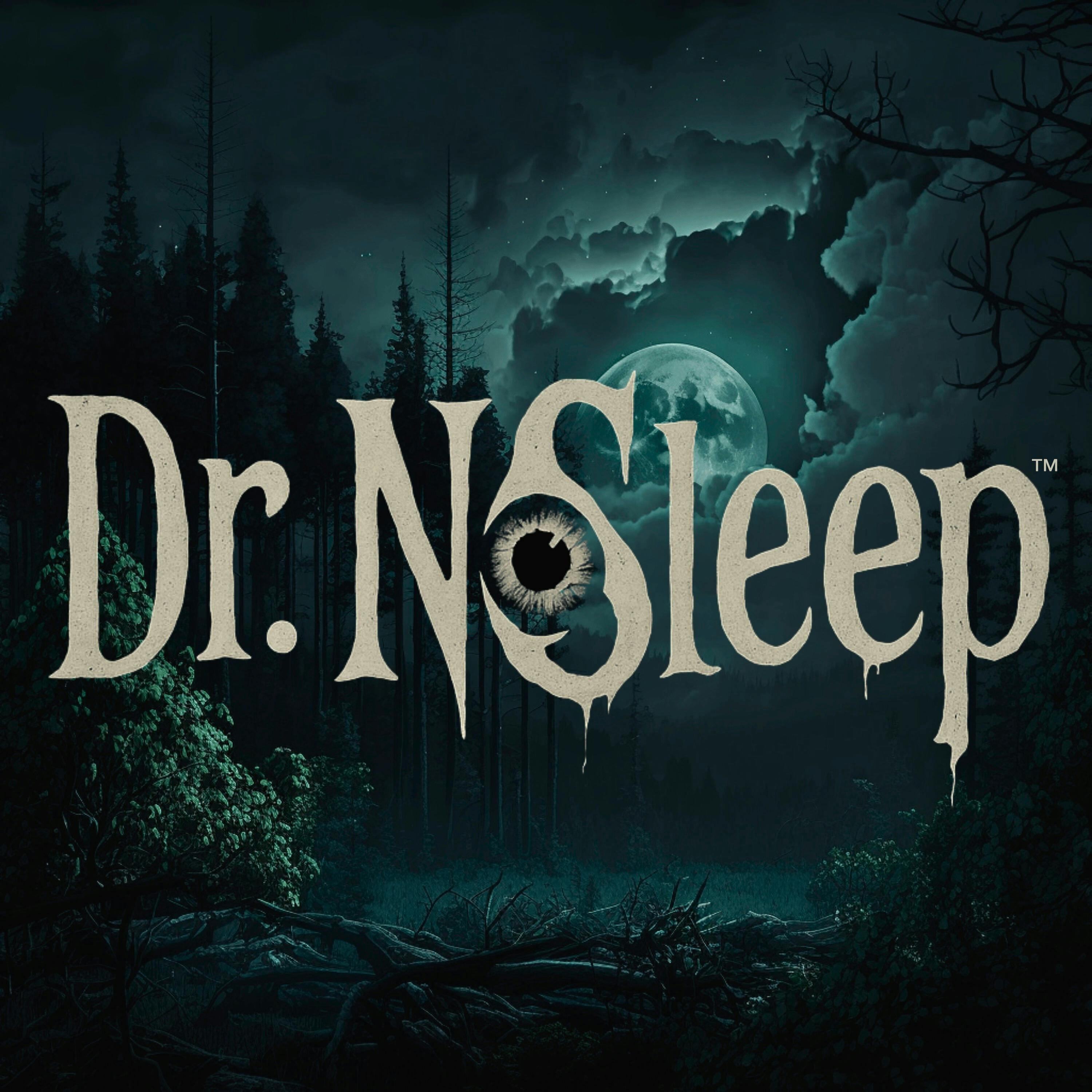
Scary Horror Stories by Dr. NoSleep
Dr. NoSleep Studios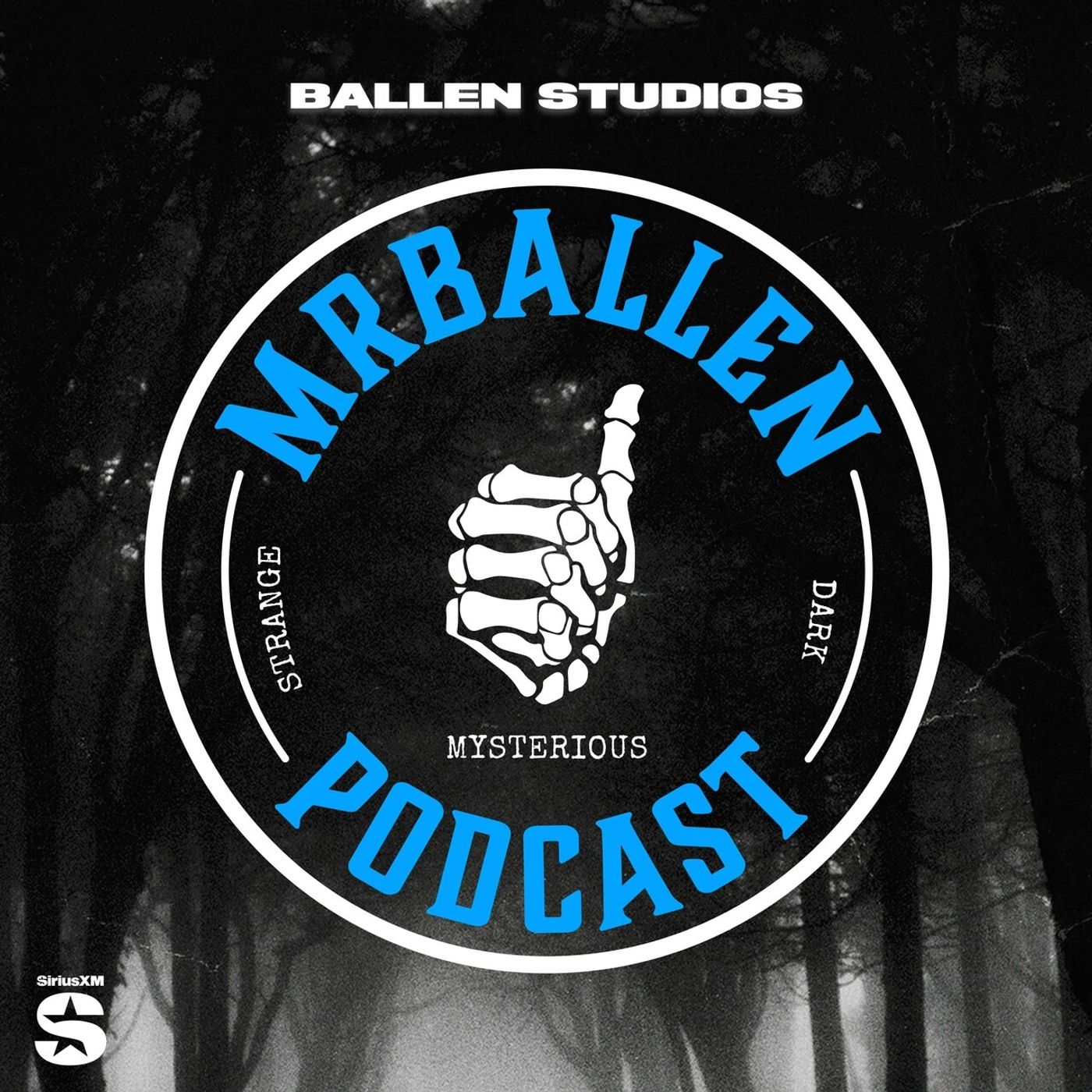
MrBallen Podcast: Strange, Dark & Mysterious Stories
Ballen Studios
Bedtime Stories
Ballen Studios
RUN, FOOL!
Ballen StudiosCreep: a true crime podcast
Creep: a true crime podcast
Scary Time - Scary, Creepy and Paranormal stories
Indie Drop-In Network
Hollywood & Crime
Wondery
LISK: Long Island Serial Killer
Mopac Audio & Glassbox Media
Lady Killers with Lucy Worsley
BBC Radio 4
Coffee, Wine, and True Crime
Sara Kline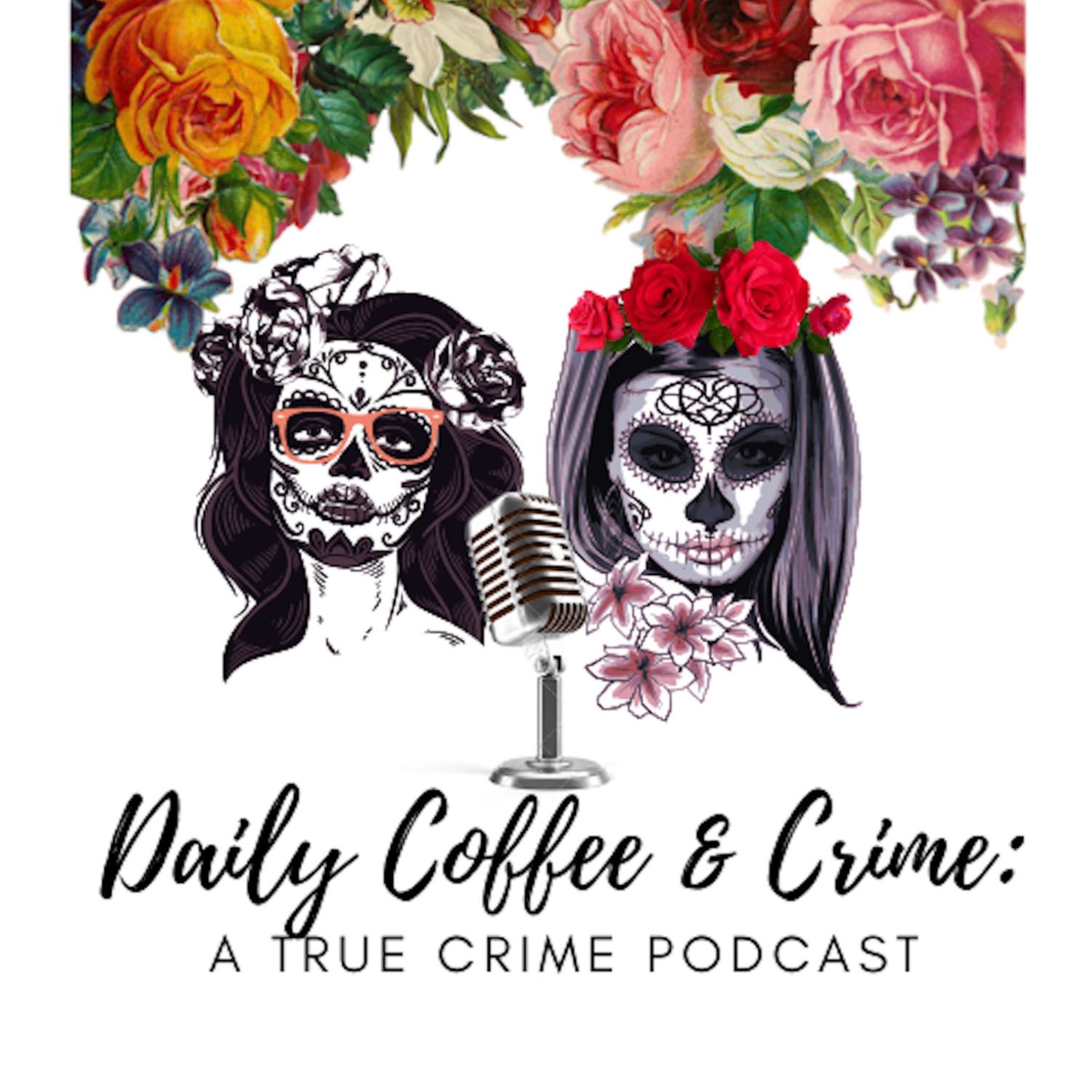
Daily Coffee & Crime: A True Crime Podcast
Daily Coffee & Crime: A True Crime Podcast
Dark Crossroads
Roxanne Fletcher
Crime Stories with Nancy Grace
iHeartPodcasts and CrimeOnline

